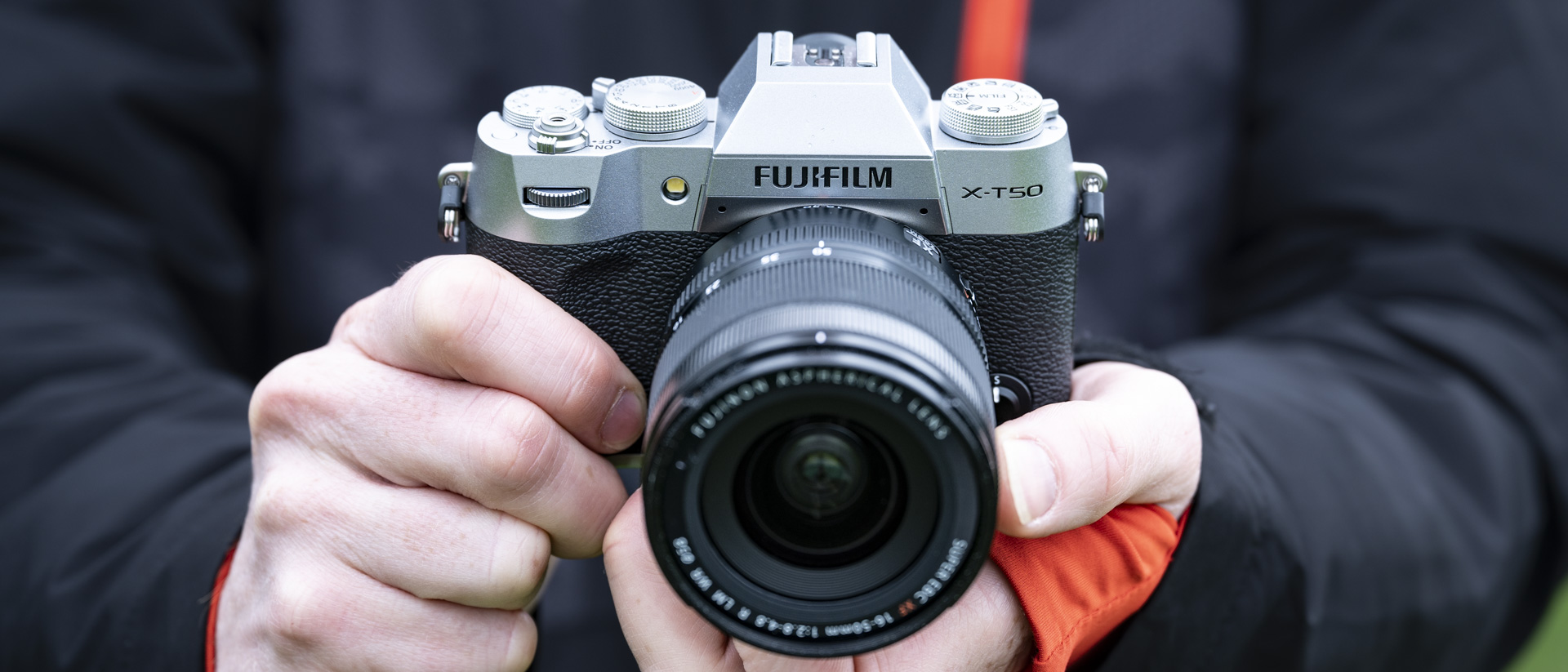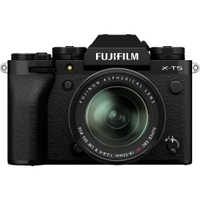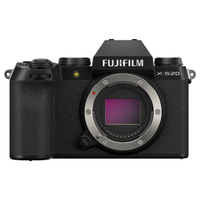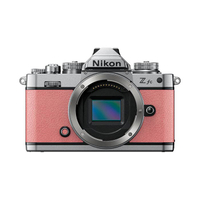TechRadar Verdict
Fujifilm is blurring the lines between its different camera ranges, bringing what were essentially its entry-level cameras on par with its more advanced models. With the addition of in-body image stabilization, a 40.2MP sensor, an upgraded processor and a bunch of Film Simulations now available via a dial for the first time, the Fujifilm X-T50 is a very different camera than its predecessors. These big upgrades, though, come at a steep price.
Pros
- +
Film simulation dial
- +
Up to 7-stops of IBIS
- +
Beautiful handling
- +
Up to 6K/30p video
Cons
- -
Could use a slightly larger grip
- -
No weather sealing
- -
Expensive
Why you can trust TechRadar
Fujifilm X-T50: Two-minute review
There have been two branches to Fujifilm’s X-T line, with the double-digit models like the Fujifilm X-T30 and the X-T30 II ranking as some of the best cameras for beginners. So you’d think that the successor to the already excellent Fujifilm X-T30 II would also be an entry-level camera, albeit a bit improved. Fujifilm, however, has shaken things up, with the new X-T50 now more in line with the advanced Fujifilm X-T5. It also might explain why the Japanese camera maker has entirely skipped the T40 moniker.
For starters, the X-T50 uses the same 40.2MP APS-C format sensor and X Processor 5 imaging engine as the X-T5, and it also inherits the same 5-axis in-body image stabilization that’s good for up to 7 stops of compensation. That's some seriously powerful features for any crop sensor camera, let alone a would-be beginner model.
Sensor: 40.2MP APS-C BSI X-Trans CMOS 5 HR
AF points: 425 points
Video: 6.2K/30p, 4K/60p, 1080/240p video and 4:2:2 10bit internal recording
Viewfinder: 0.39-inch OLED 2.36m-dot
Memory card: Single SD/SDHC/SDXC UHS-II
Rear display: 3.0-inch tilt type touch LCD, 1.84m-dot
Max burst: 20fps with electronic shutter
Weight: 438g with battery and SD card
Despite having more pixels, the X-T50's sensor has a better signal-to-noise ratio compared to the X-T30 II, allowing for the base ISO sensitivity to be 125 as opposed to 160 in the older model.
Shutter speed is faster too, with the electronic shutter on the X-T50 capable of dropping to 1/180,000 second. There’s improved AI subject detection autofocus with eye tracking which, again, brings it more in line with the X-T5 and makes it a whopper of an upgrade over the X-T30 II.
Video specs have also been updated, with the X-T50 now able to capture up to 6.2K/30p clips. By numerous metrics, the X-T50 is simply in another league to the X-T30 II.
Its impressive list of upgrades that make the X-T50 a remarkable camera, with top-notch image quality, both for stills and video. One physical change to the X-T50, however, indicates it might still be a more beginner-oriented camera rather than an advanced enthusiast offering.
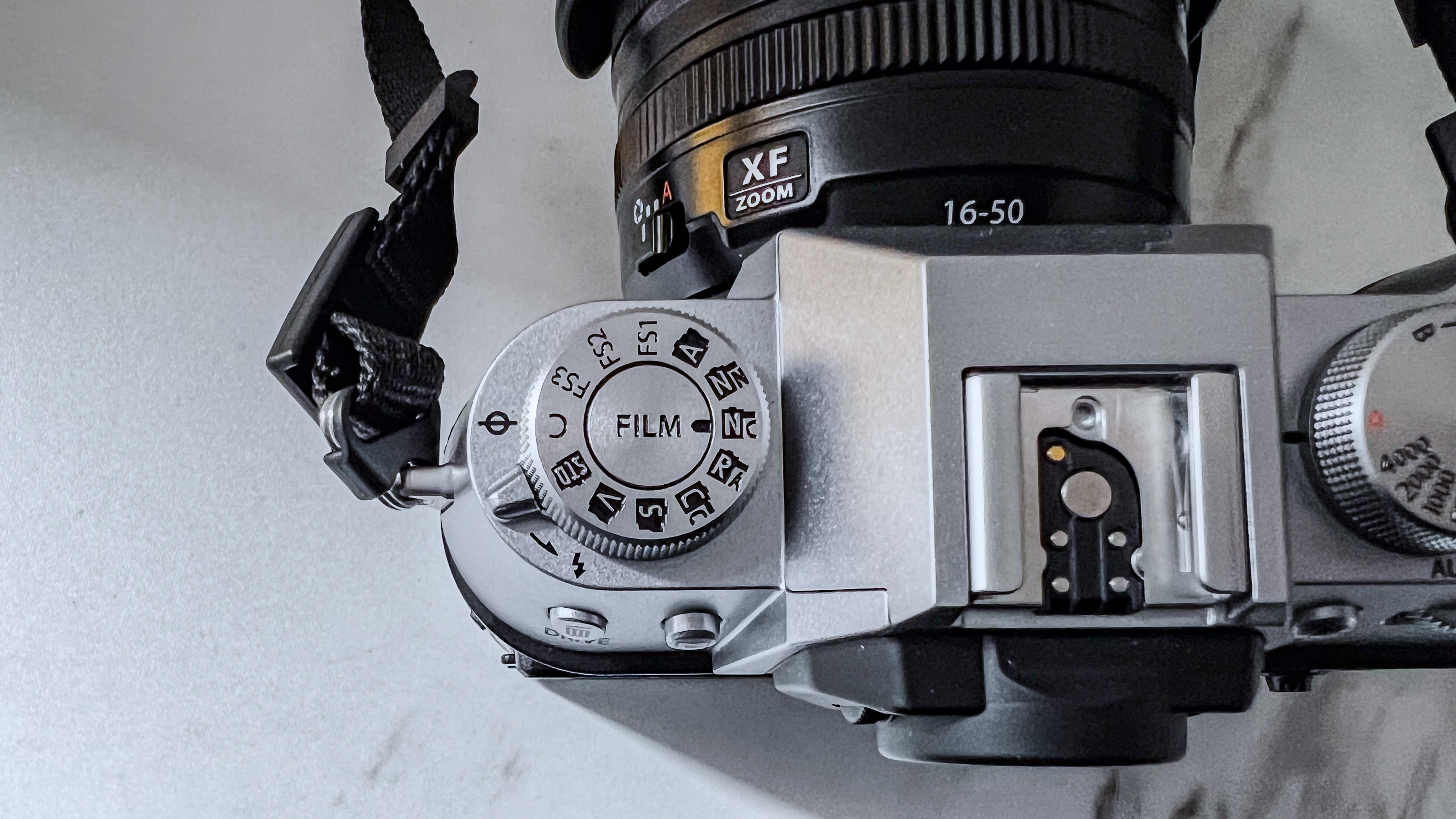
On the X-T50, Fujifilm has decided to repurpose the Drive mode dial on the top panel to instead provide quick and easy access to up to 11 Film Simulations. This is an ingenious move to make the camera more user-friendly for beginners – and appeal to the same Gen Z photographers who made the X100V go viral – but more serious photographers like me would have preferred the Drive mode dial to remain where it always has been.
There are other features that also suggest this is more a beginner camera than one for demanding enthusiasts – there’s still no weather sealing on the X-T50, the 2.36m-dot EVF has been inherited from the X-T30 II, and the rear display remains a tilting type with the same resolution of 1.84 million dots.
While the chassis itself looks identical to that of the X-T30 and X-T30 II, there are changes to the button layout that don’t necessarily affect the handling of the camera. That said, there's no real grip to speak of which can make the camera awkward to hold, and the joystick is still awkwardly placed. I’m also not a fan of the quick menu button being beside the thumb rest, but it’s easy enough to reach without taking your eye off the EVF once you've built muscle memory to find it.
Compact and lightweight, I’d say that the X-T50 could easily become one of the best travel cameras on the market, but all its upgrades have come at a steep price, which makes it harder to recommend over the enthusiast-level, weather-sealed X-T5.
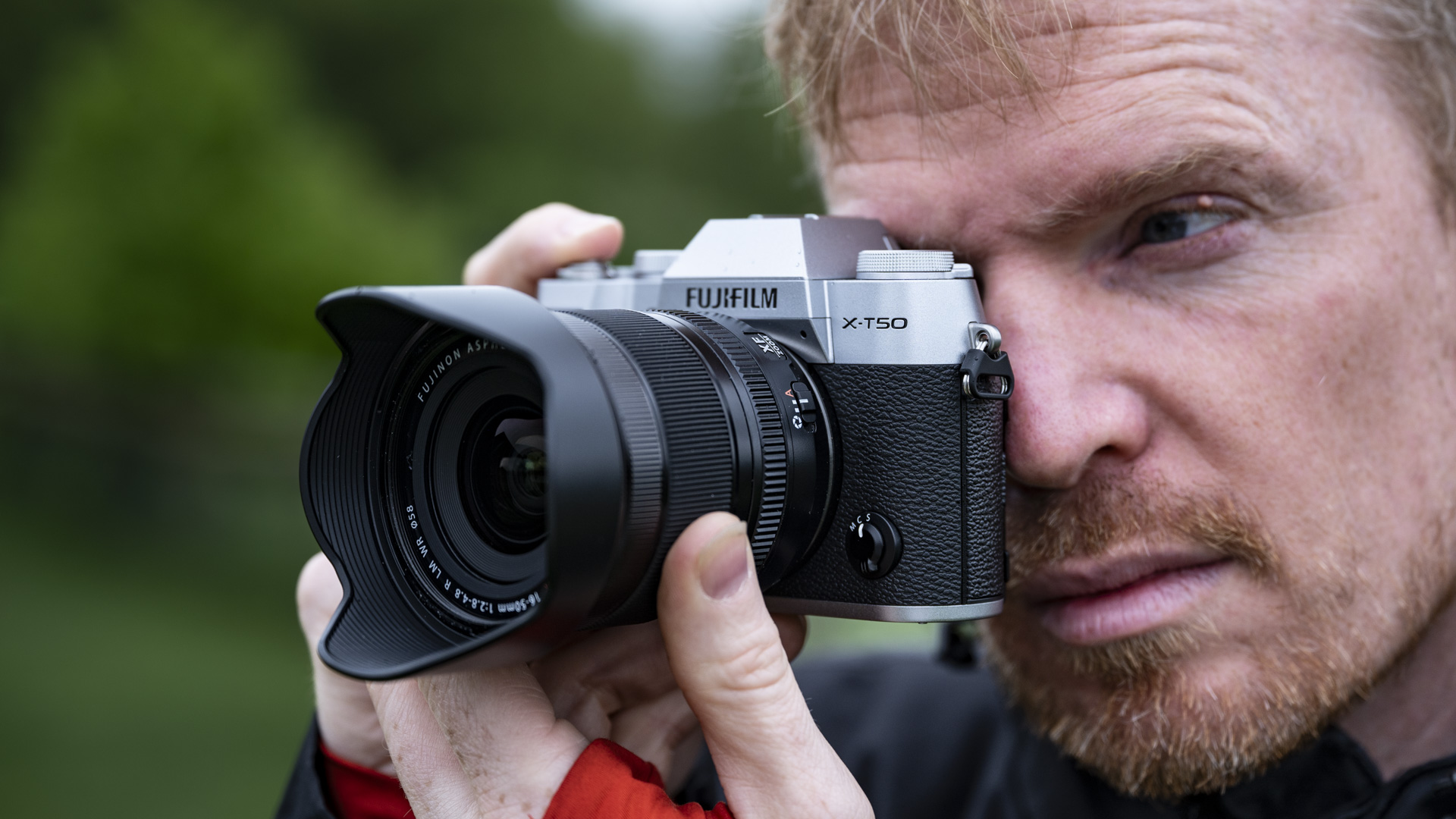
Fujifilm X-T50 review: release date and price
- Announced May 16, 2024; release date June 17, 2024
- Launch price of $1,399 / £1,299 / AU$2,599 body only
- Kits available with new XF 16-50mm f/2.8-4.8 R LM WR lens
Given the upgrades over the X-T30 II, I’m not at all surprised that the X-T50 is a more expensive camera, with a launch price tag of $1,399 / £1,299 / AU$2,599 body only. What does surprise me is just how much more it costs over its predecessor that had a launch price of $899 / £749 / AU$1,585 a couple of years ago. Even taking inflation and the upgrades into account, that’s a steep markup!
And if you want a kit, you can pick up the bundle that pairs the camera with the new XF 16-50mm f/2.8-4.8 R LM WR lens for $1,799 / £1,649 / AU$3,149.
The X-T50's launch price isn’t that much less than the Fujifilm X-T5’s current price of $1,699 / £1,449 / AU$2,899 for the body alone, which represents better value as you get more advanced features here, including dual card slots. Shop for this camera during a major sale and you could likely get it for less than the X-T50 costs.
Look outside the range of Fujifilm cameras to other comparable crop-sensor models like the Sony A6700 and the price of the X-T50 doesn't seem so high.
- Value score: 4 / 5
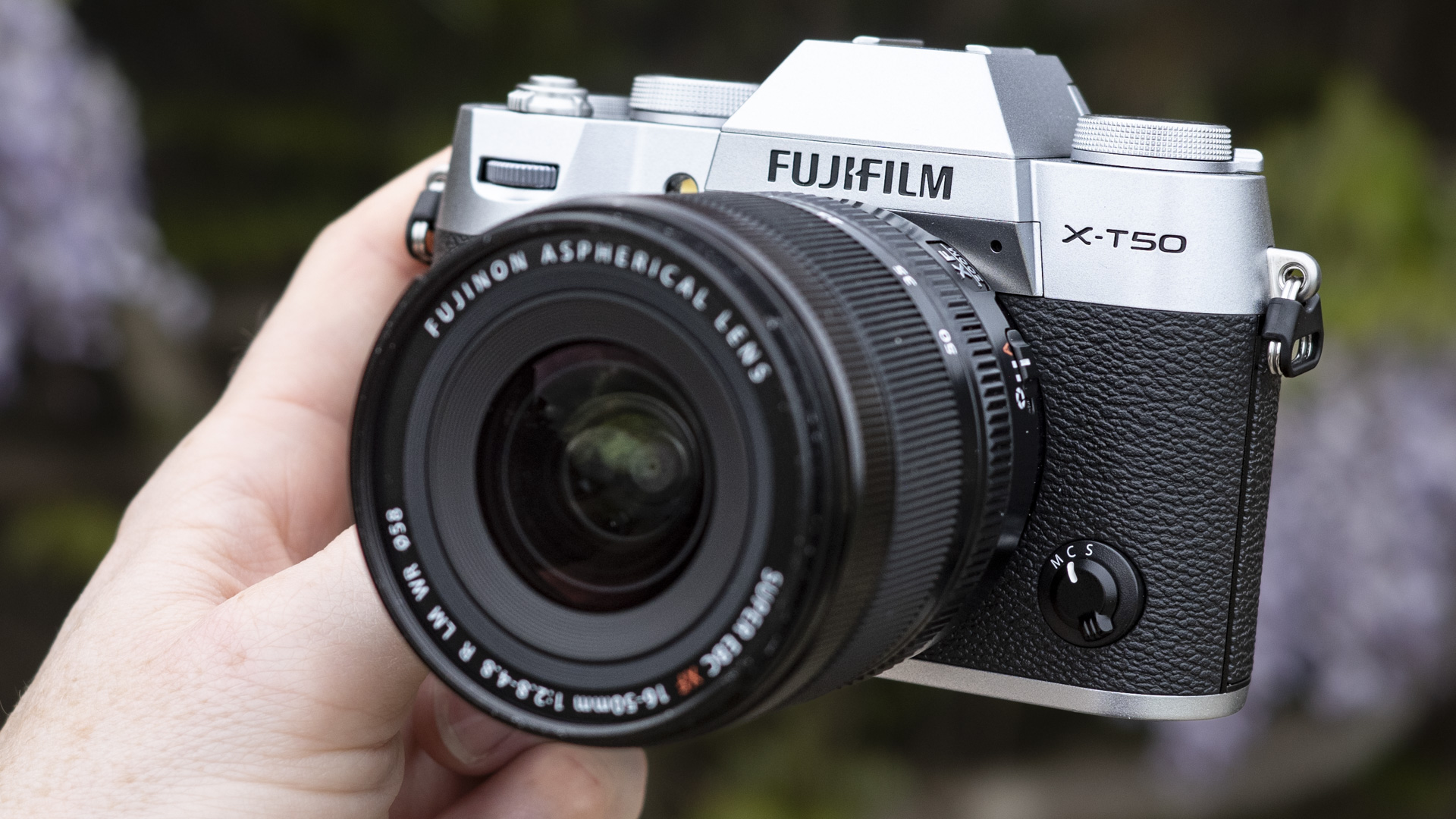
Fujifilm X-T50 review: Design
- Similar body to Fujifilm X-T30 II with minor differences
- Film Simulation dial on top plate
- Still no weather sealing
When a camera offers oodles of retro charm, there really isn’t the need to change the design... and at first glance, it seems like the X-T50 inherits the same body as the X-T30 series. Not quite so. There are subtle tweaks to the X-T50 chassis which Fujifilm says makes it easier to hold and use. I disagree.
It's a slightly more rounded body than the X-T30 series, but the grip still remains small when compared to more robust Fujifilm bodies like the X-T5 and the X-S series. It still handles beautifully, although if you plan to hold on to it all day, that grip is not going to be comfortable.
For the first time on a Fujifilm camera, there’s a Film Simulation dial available on the camera body. Now, that dial itself isn’t new – it’s the same Drive mode dial on the left of the top plate that’s been repurposed. There are eight popular Simulations already marked on the dial, plus three more that can be assigned to the FS1, FS2 and FS3 options. There’s one marked ‘C’ which, you would think, stands for ‘custom’ but it’s actually an Auto option. So, essentially, there are only up to 11 out of the current 20 Simulations at your fingertips. And unfortunately, you also can't assign your own simulation recipe to any of the custom FS options on that dial.
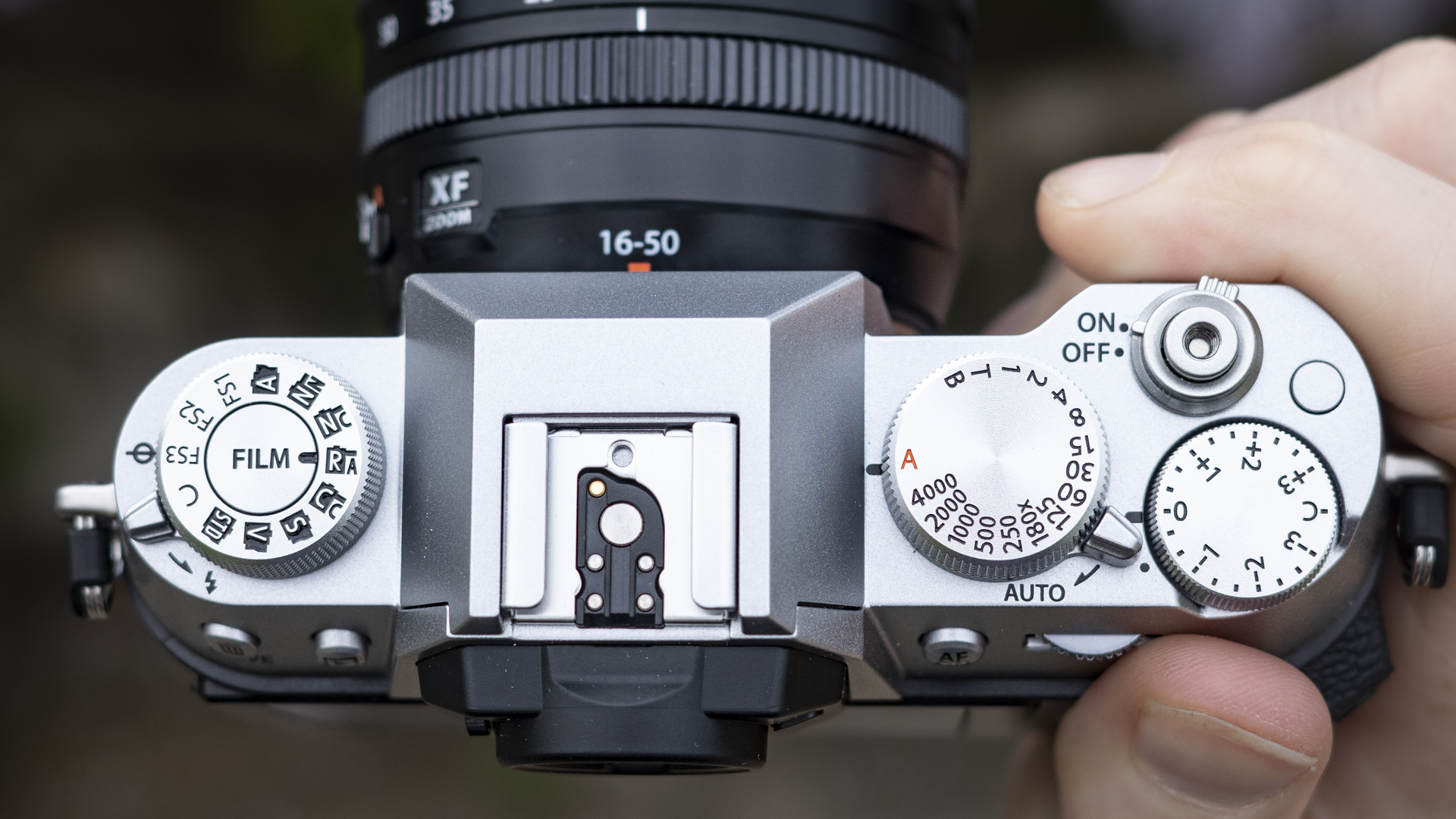
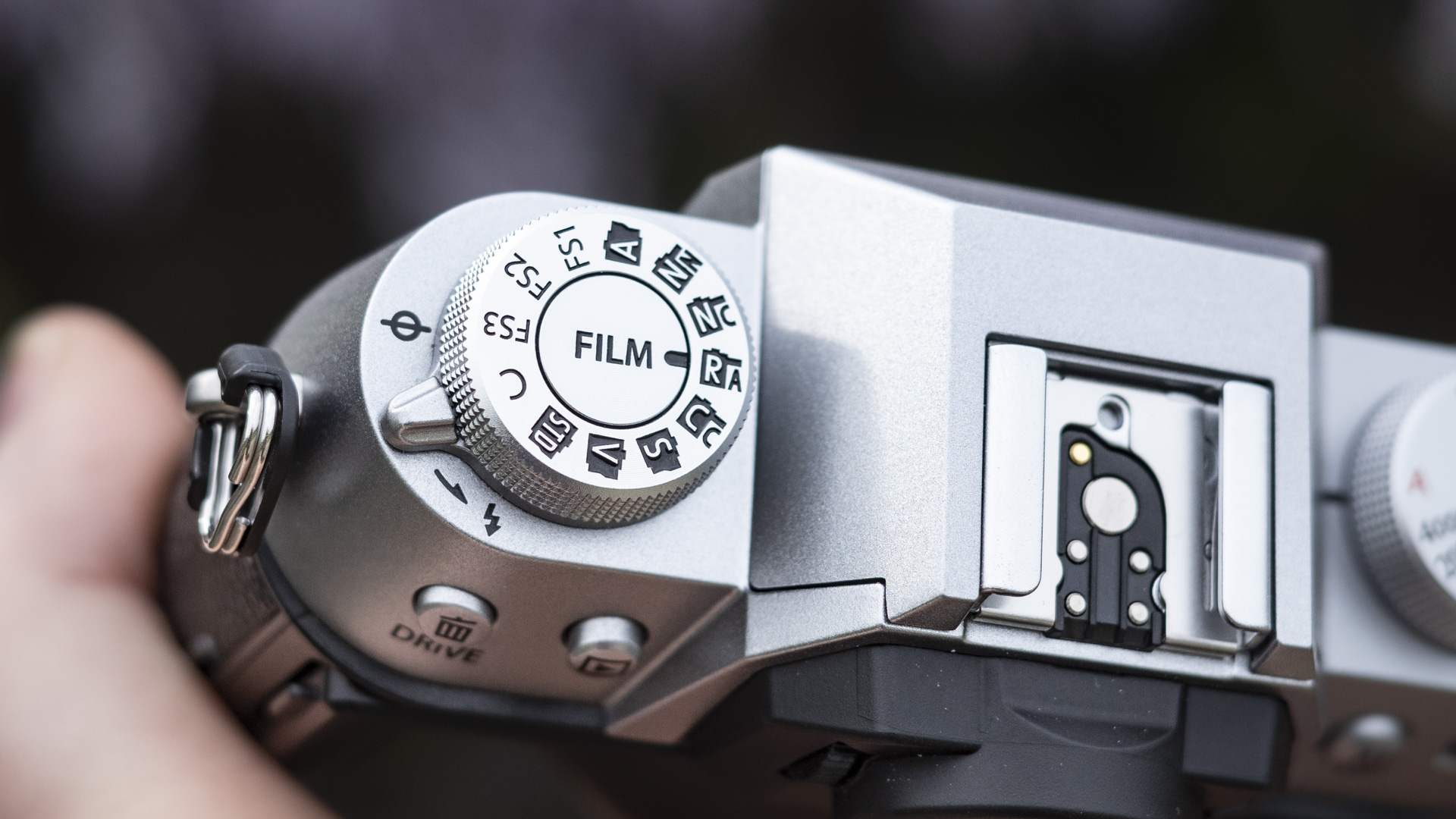
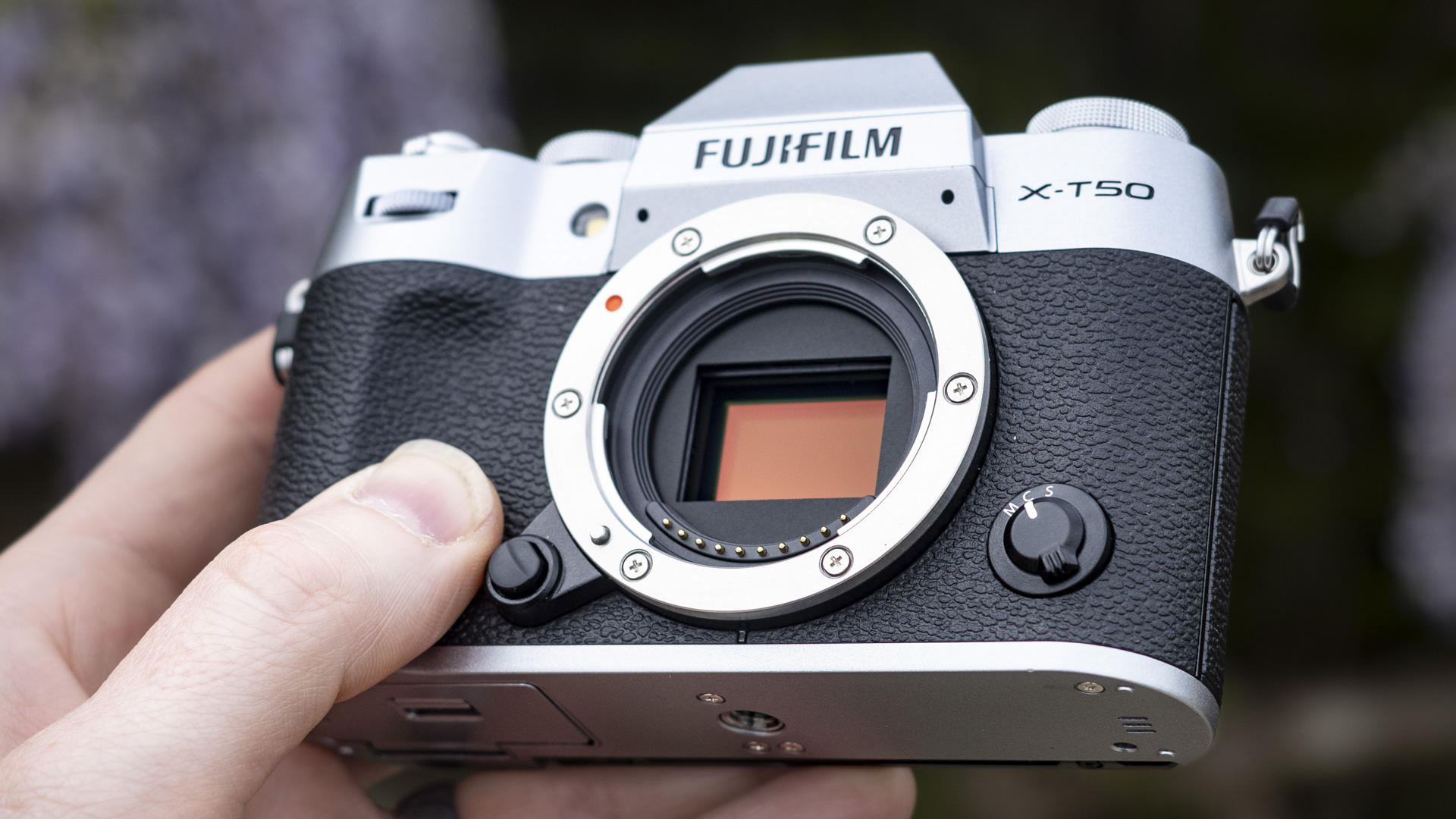
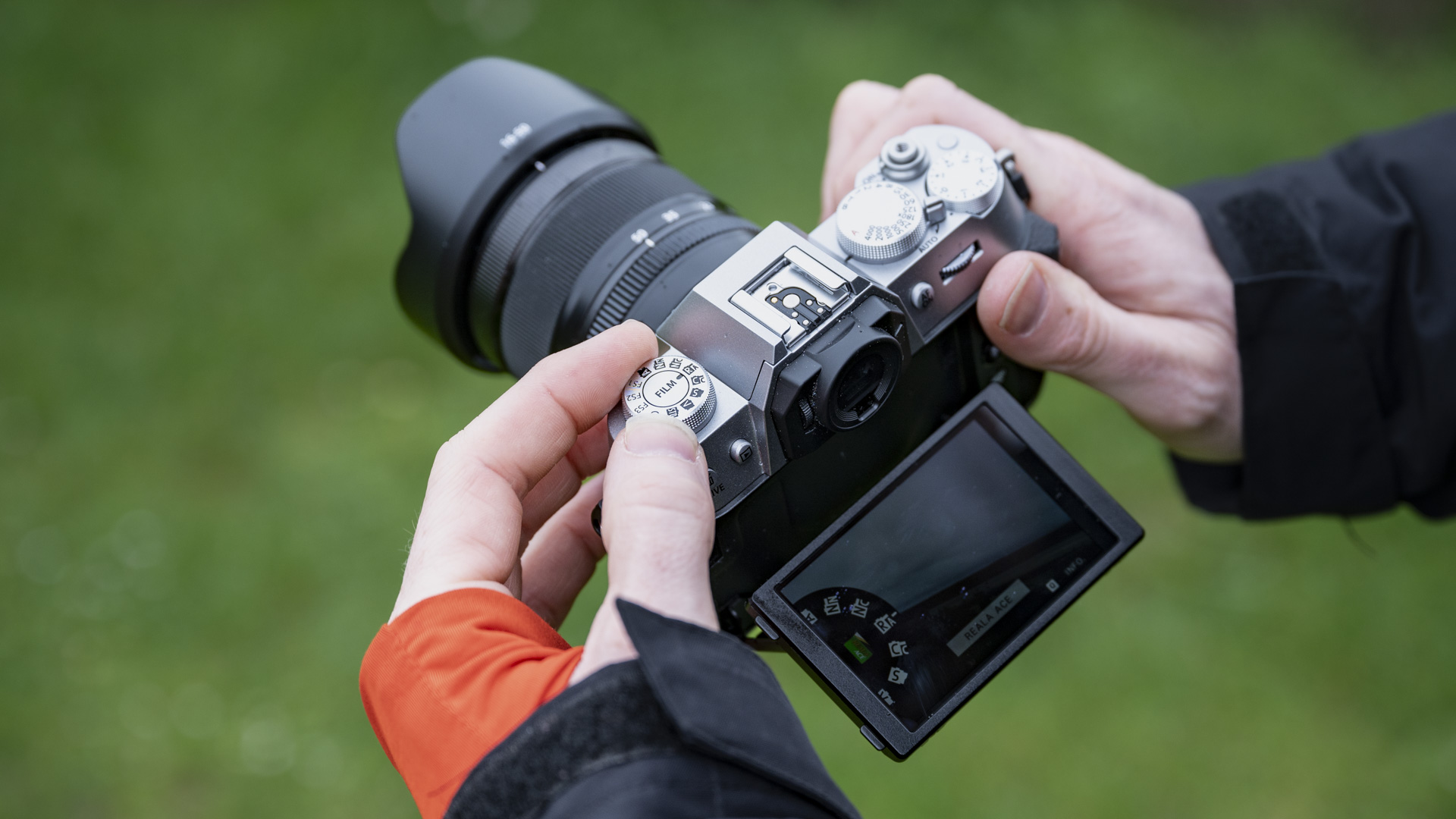
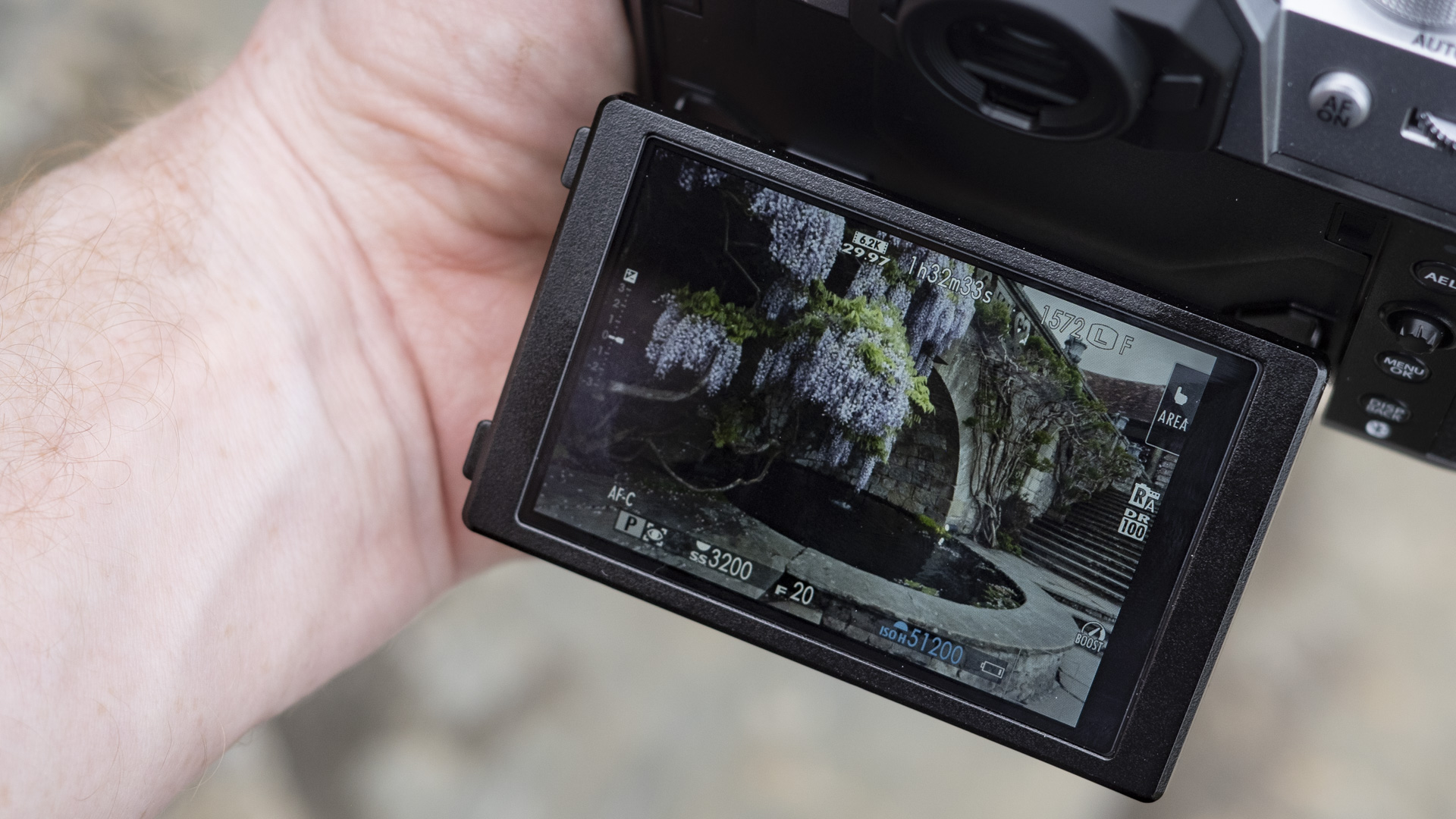
In use, I found that it’s necessary to take the camera away from the eye to turn the dial, as there’s just not enough grip on the body to operate the selection single-handed. That said, the simulation selection you make is displayed on the EVF as well as the rear monitor, depending on what you’re using to frame your scene, so you don’t necessarily need to concentrate on the dial itself.
If you’re familiar with the X-T30 or the X-T30 II, you might notice that the rear button layout is slightly different. Firstly, there’s no autofocus lock (AF-L) to the right of the rear control wheel, with the previous exposure lock (AEL) button being replaced with an AF-ON option to trigger autofocus and metering. The AEL button has been moved to just above the joystick.
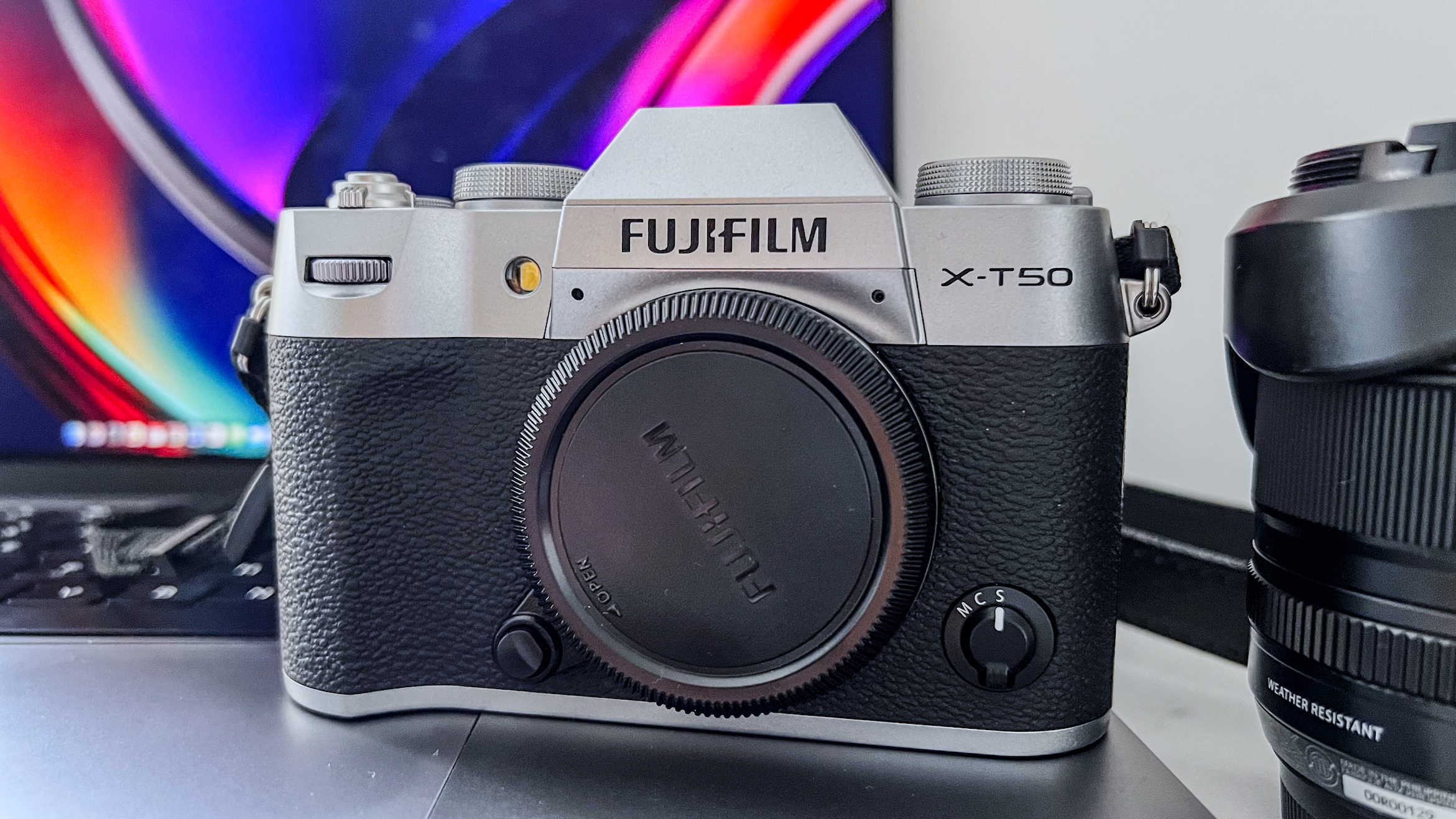
A couple of other minor differences include the View Mode button beside the EVF no longer being labeled as such and there is now a tiny Bluetooth icon below the Display/Back button.
Everything else remains the same on the body, including the pop-up flash, the exposure and shutter speed dials on the top plate, the awkwardly placed joystick and, for me at least, the equally awkward quick menu (Q) button.
Fujifilm hasn’t updated the EVF or the rear display from the X-T30 II, so you’re still getting a 2.36 million-dot OLED EVF and a 3-inch tilt-type touchscreen with a resolution of 1.84 million dots.
There’s still only a single card slot, but it now supports the UHS-II speed devices, which is an improvement over the X-T30 II. It remains located on the bottom of the camera within the battery compartment, which makes it hard to reach if you’re using a tripod. And despite the price hike, there’s disappointingly still no weather sealing.
There are three different colorways to choose from here, with the X-T50 available in black, silver (as tested in this review) and a charcoal chassis.
Design score: 4 / 5
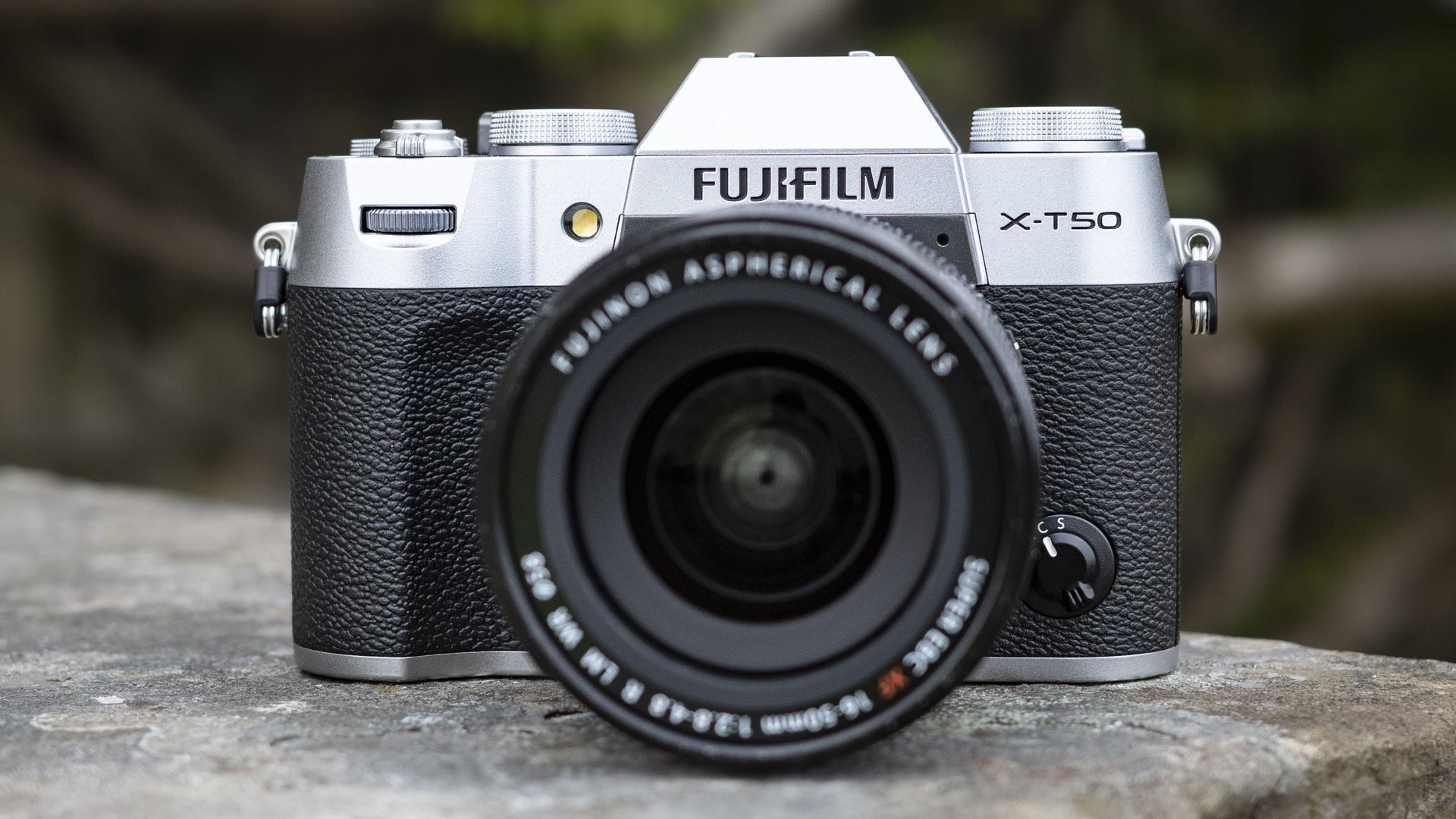
Fujifilm X-T50 review: Features and performance
- Inherits high-res sensor and faster processor from the Fujifilm X-T5
- In-body image stabilization with up to 7 stops of compensation
- Digital teleconverter available for 1.4x and 2x zoom
While its physical changes may not be too far off from its predecessor, the Fujifilm X-T50’s feature set makes it a massive upgrade. It’s now essentially a baby X-T5.
As I’ve already mentioned earlier in this review, it inherits plenty from the X-T5, including the 40.2MP sensor and the processor. That’s flagship specs right there and it definitely helps the X-T50 be a far superior camera than then X-T30 II. For starters, the extra resolution gives you a little headroom to crop images to get closer to the subject without losing too much image quality.
In fact, the extra resolution has allowed Fujifilm to add a digital teleconverter to the X-T50 that gets you 1.4x and 2x magnification, just like there is on the X-T5 and the Fujifilm X-S20. What I really like about the built-in teleconverter is that you don't lose a stop of light as you would when using a physical one attached to your kit, so it's a better option for indoor use.
However, you lose some resolution when using the digital teleconverter as it works by applying a crop. That’s not a bad thing as you still get great image quality, but your file size will essentially be halved and limits how much you can crop further into the image when you make edits.
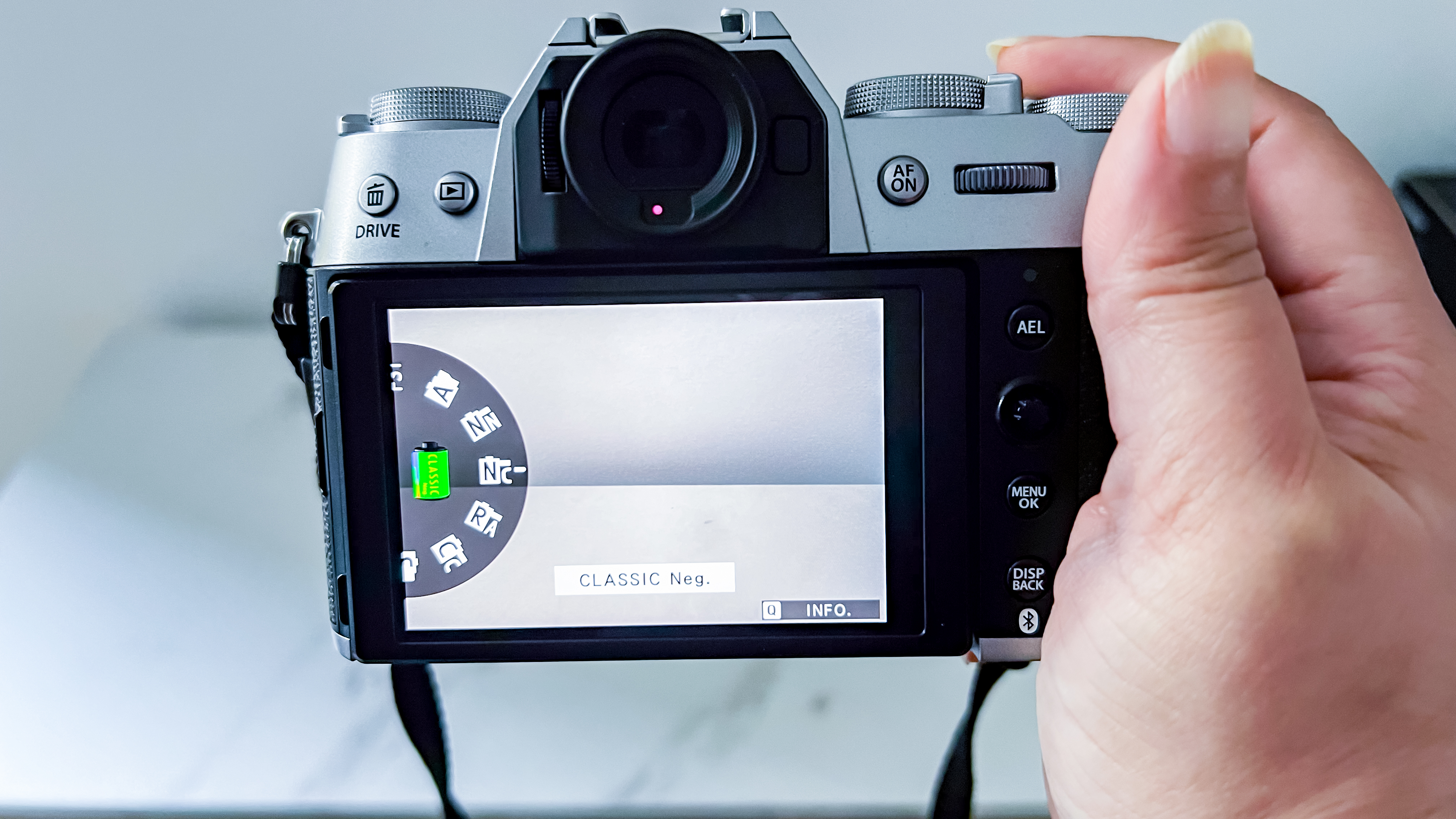
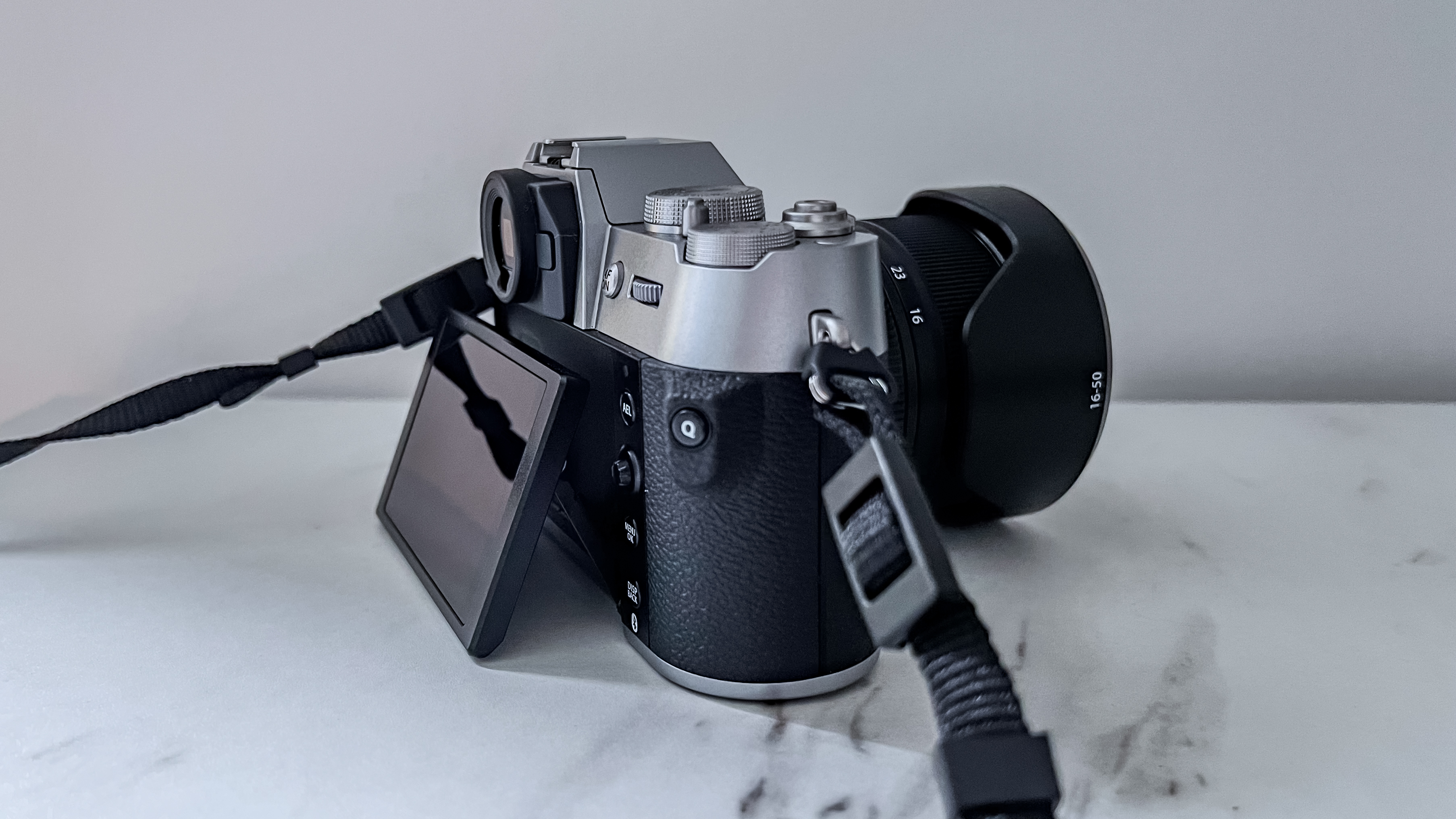
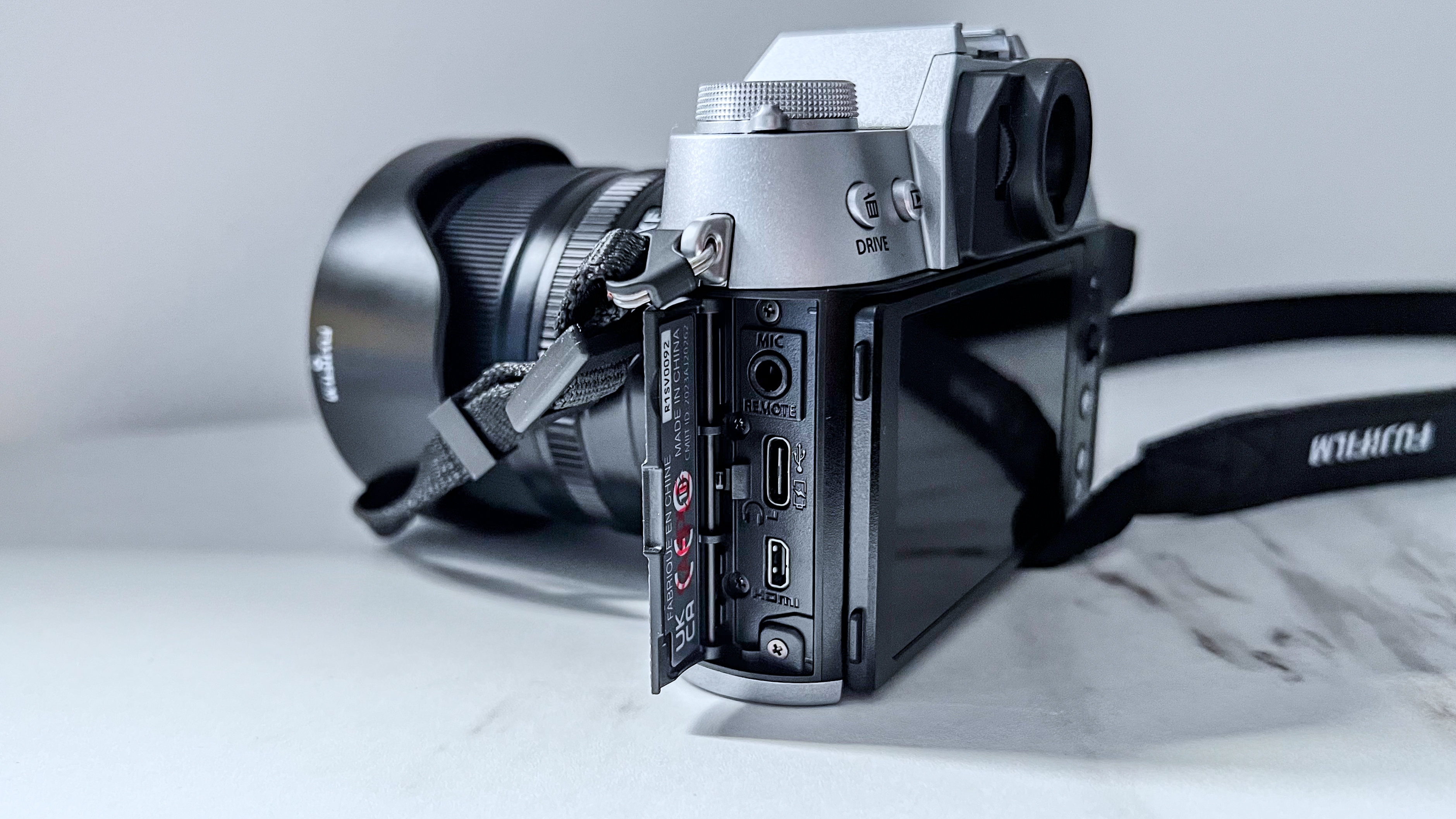
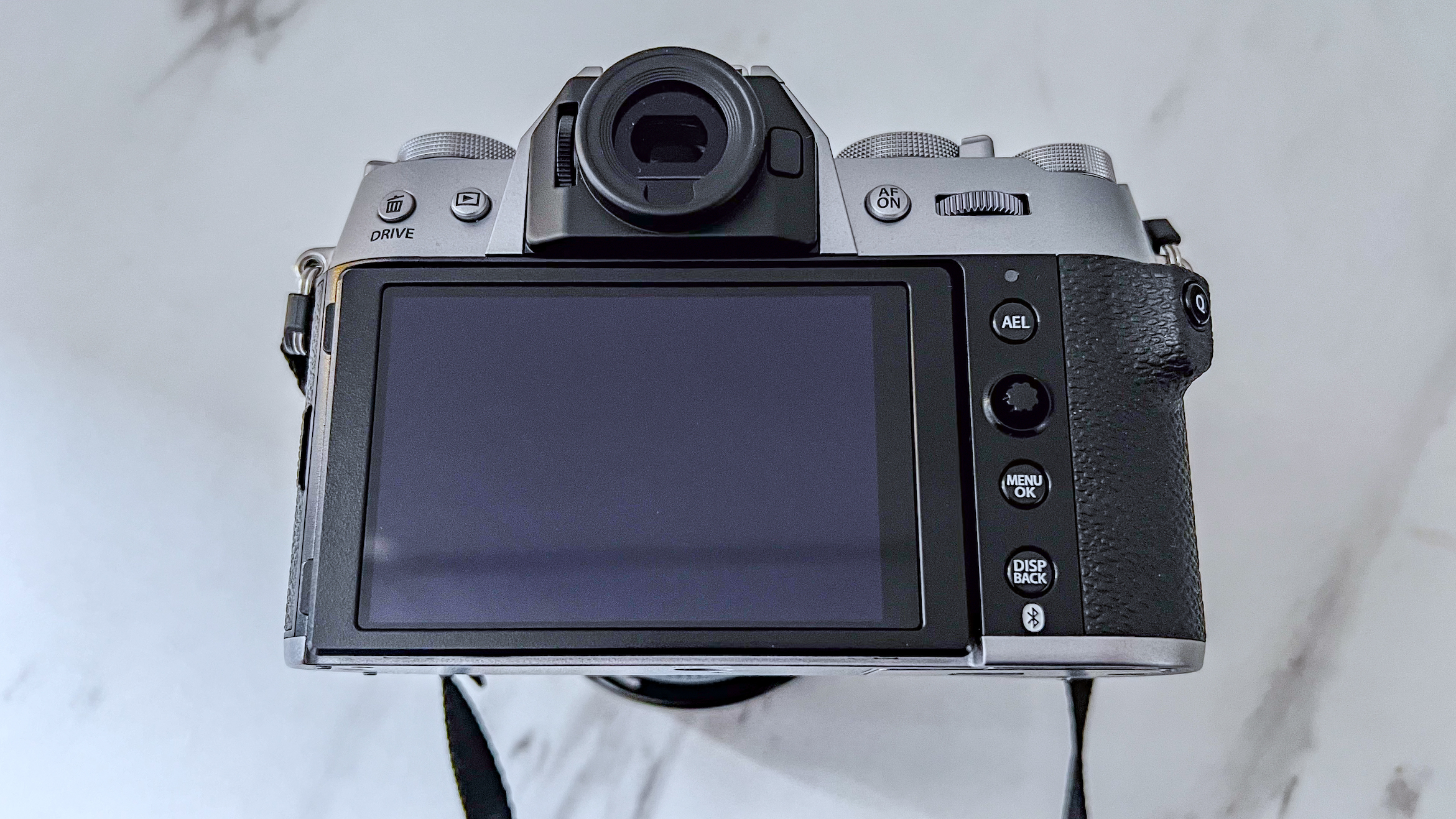
For the first time there’s in-body image stabilization available in the entry-level Fujifilm X-T cameras, which is an added bonus for both photographers and videographers. Again, it’s the same IBIS from the X-T5 with up to 7 stops of compensation for camera shake. I was sent the new Fujinon XF 16-50mm f/2.8-4.8 R LM WR that doesn’t have built-in optical image stabilization (OIS) and I found the IBIS alone wasn’t sufficient in reducing shake for a video clip while I was walking, but I think it would come into its own when paired with a Fujinon lens with OIS.
Despite inheriting so much from the X-T5, the maximum burst shooting speed the X-T50 can handle is 8fps using the mechanical shutter and up to 20fps with the electronic shutter engaged and no crop. That's identical to the X-T30 II, and while the the 20fps speed is more than enough for several scenarios including wildlife and sports photography, the buffer memory at this speed is very limited, topping out at about only 20 frames during my testing. At 8fps, though, Fujifilm says the camera can save over 1,000 JPEG frames a second.
The electronic shutter speed, though, is now blistering fast and can drop down to as low as 1/180,000 of a second, same as the X-T5. That's really impressive as more premium pro cameras like the Nikon Z9 top out at 1/32,000 second. This allows you to shoot wide open with a large aperture lens.
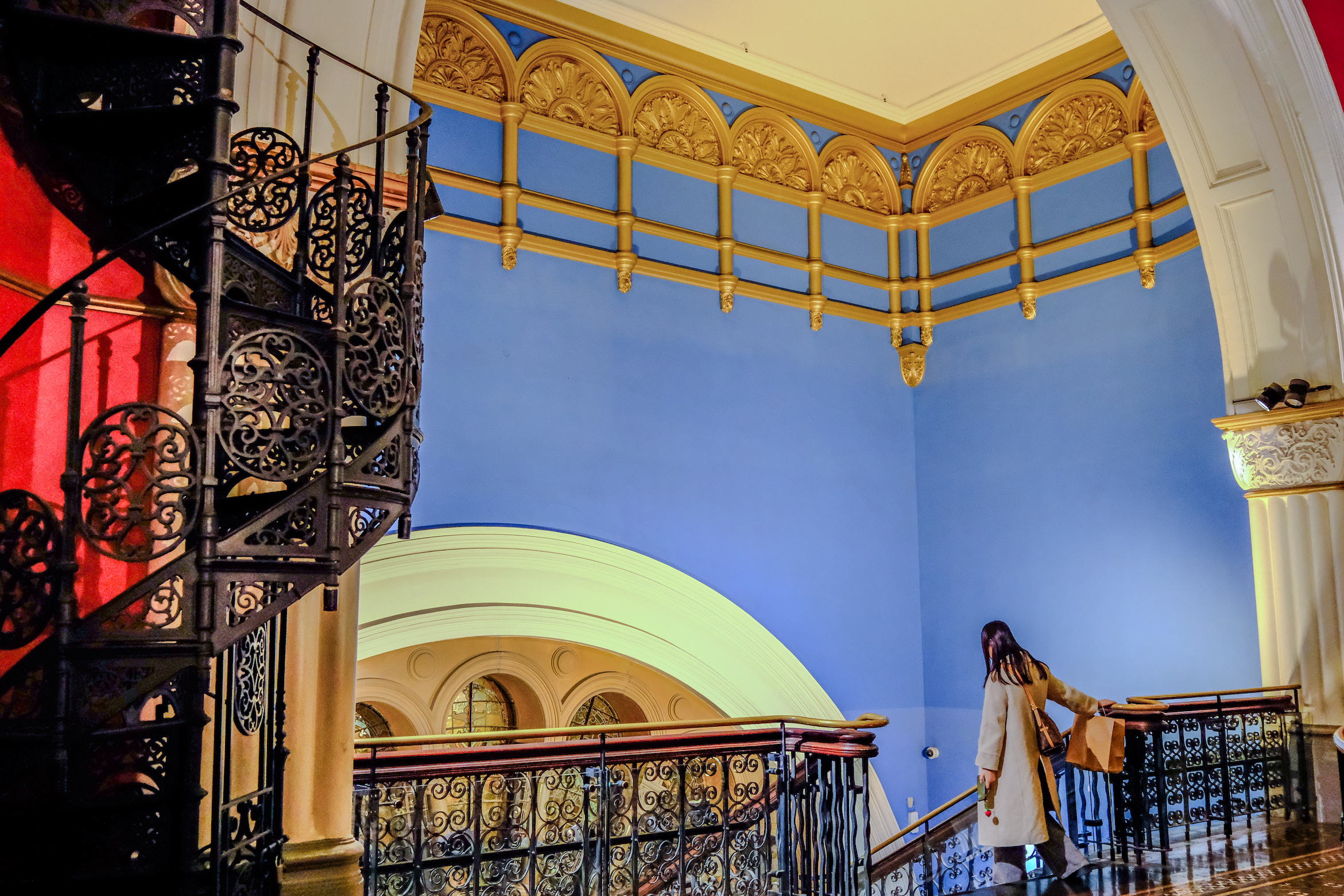
Photographers looking to capture specific subjects will be glad to know that the X-T50 gets Fujifilm's latest AI-driven autofocus system, with detection for animals, vehicles and more. This works quite well and, during my testing, it quickly picked up boats, birds and people even if they were at a distance. However, as with Fujifilm's autofocus system previously, it's largely lens-dependent and you could struggle a little if you're using older X-series lenses.
The video features here are similar to that of the X-T5, with 6.2K/30p and 4K/60p shooting options available.
All these features are a massive upgrade over the X-T30 II and bring the X-T50 closer to the X-T5. That's where the lines get blurry between what is, on paper, a new addition to Fujifilm's entry-level line but has the specs and price tag of a flagship.
Features and performance score: 5 / 5
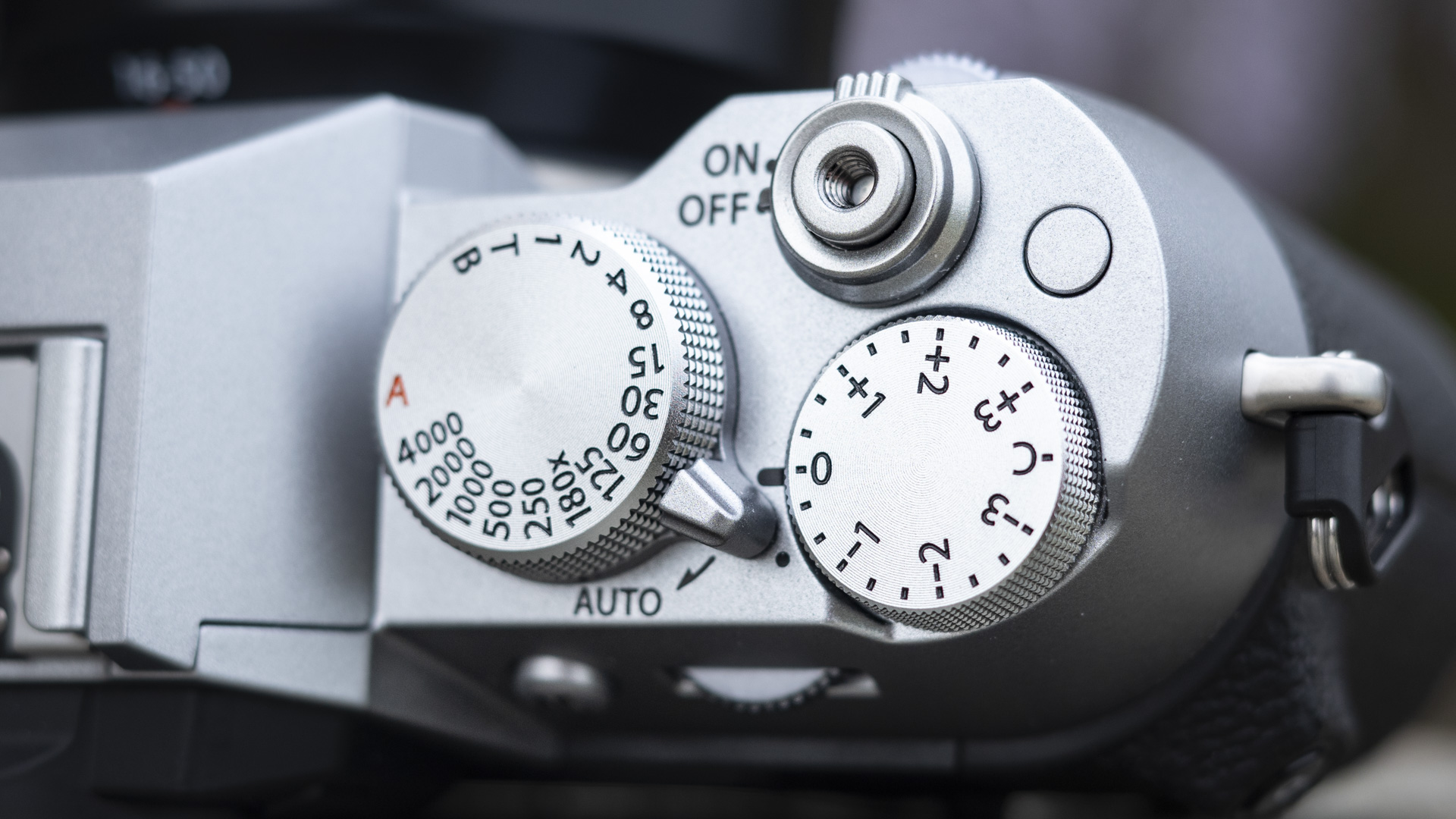
Fujifilm X-T50 review: Image and video quality
- Inherits the 40.2MP X-Trans CMOS 5 HR sensor from the X-H2 and X-T5
- Can shoot videos up to 6.2K/30p
- Native base ISO is now 125 as compared to ISO 160 on the X-T30 II
We’ve already seen what the X-T5 can do with the same sensor and processor, so it’s no surprise at all that the X-T50 can produce some spectacular results, whether it’s stills or video.


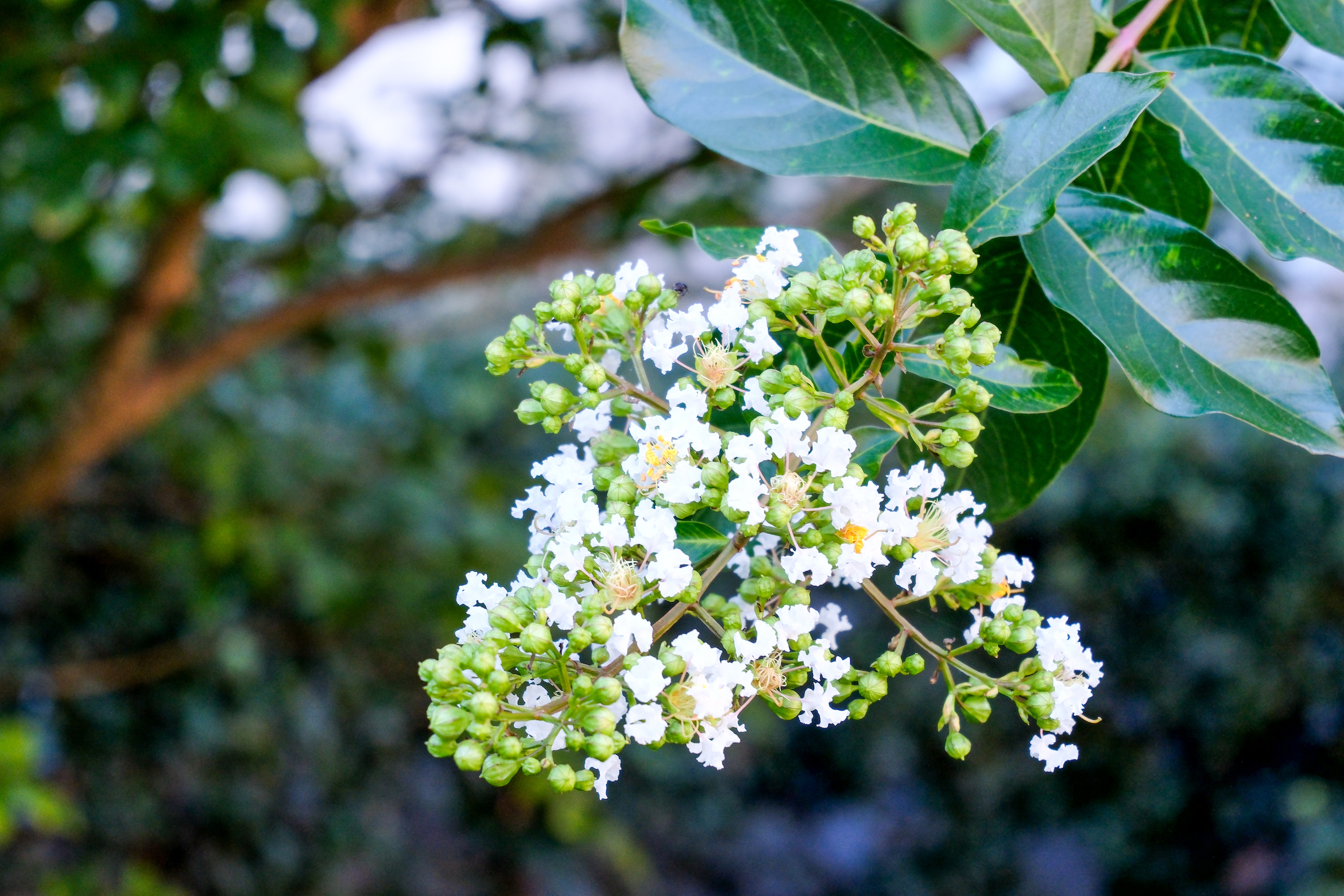
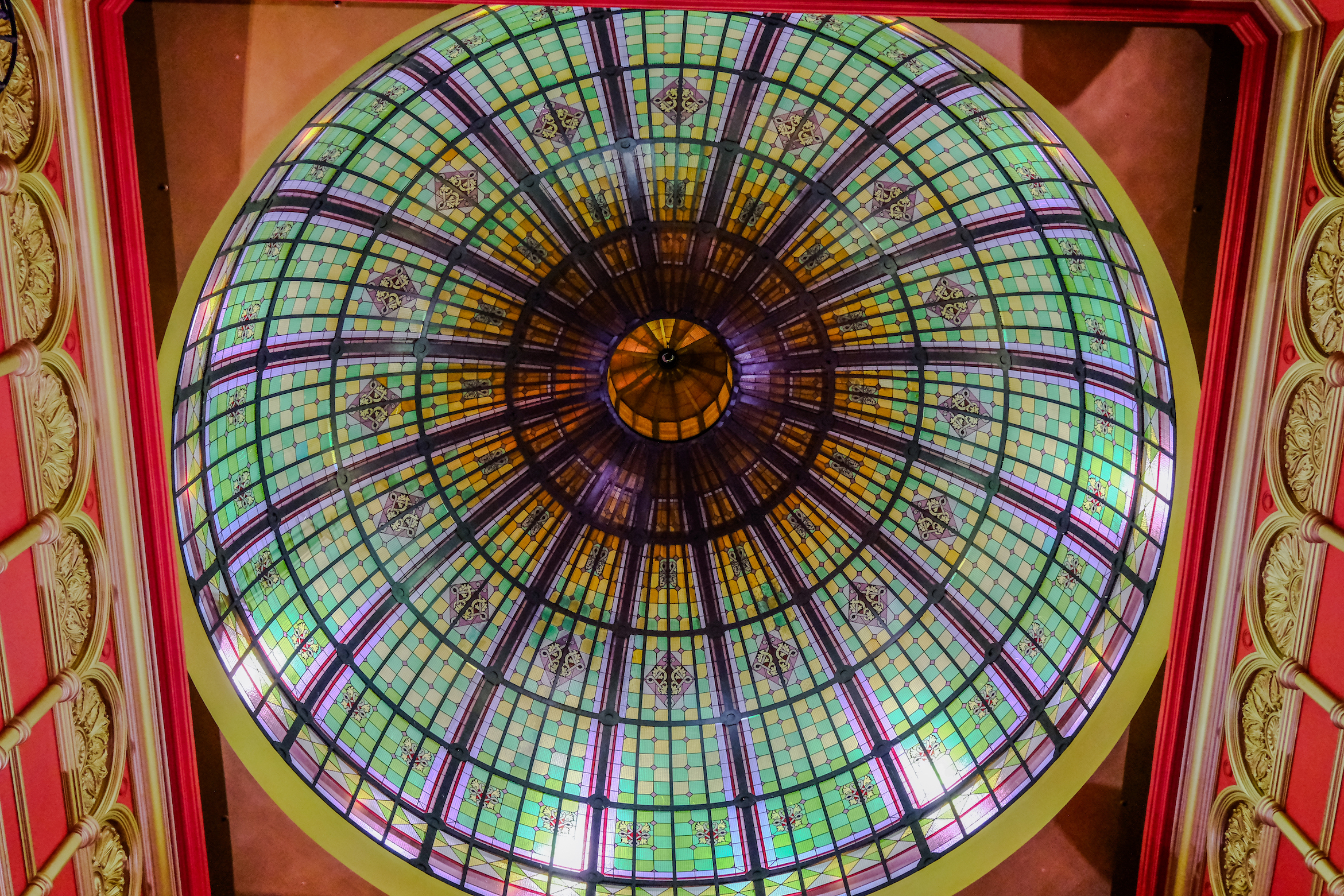


The camera really benefits from the high resolution and the faster processor, with JPEGs directly out of camera looking stunning, although shooting in RAW will give you more headroom to make adjustments if you need to. I cropped a JPEG of a flower by 38% and, while I did lose a little image quality, it's still perfectly usable.
Of course, the film simulations go a long way in making the images look great as well. My personal favorite is the Eterna Bleach Bypass, but there’s a total of 20 to choose from to help you get creative. And while the C option on the Film Simulation dial is the Auto mode, it seems to default to the Vivid color profile most of the time.
The higher resolution also boosts the ISO performance. Images taken at ISO 3200 are actually quite good as long as you don't have to crop. Noise begins to appear at ISO 4000 in some scenarios, but even those are perfectly usable. I even shot at ISO 6400 and didn't mind the results. Pushing the sensitivity limits, I tested the camera up to ISO 12,800 – while that image wasn't pretty, I think ISO 10,000 will be fine in a pinch but expect to see noise.
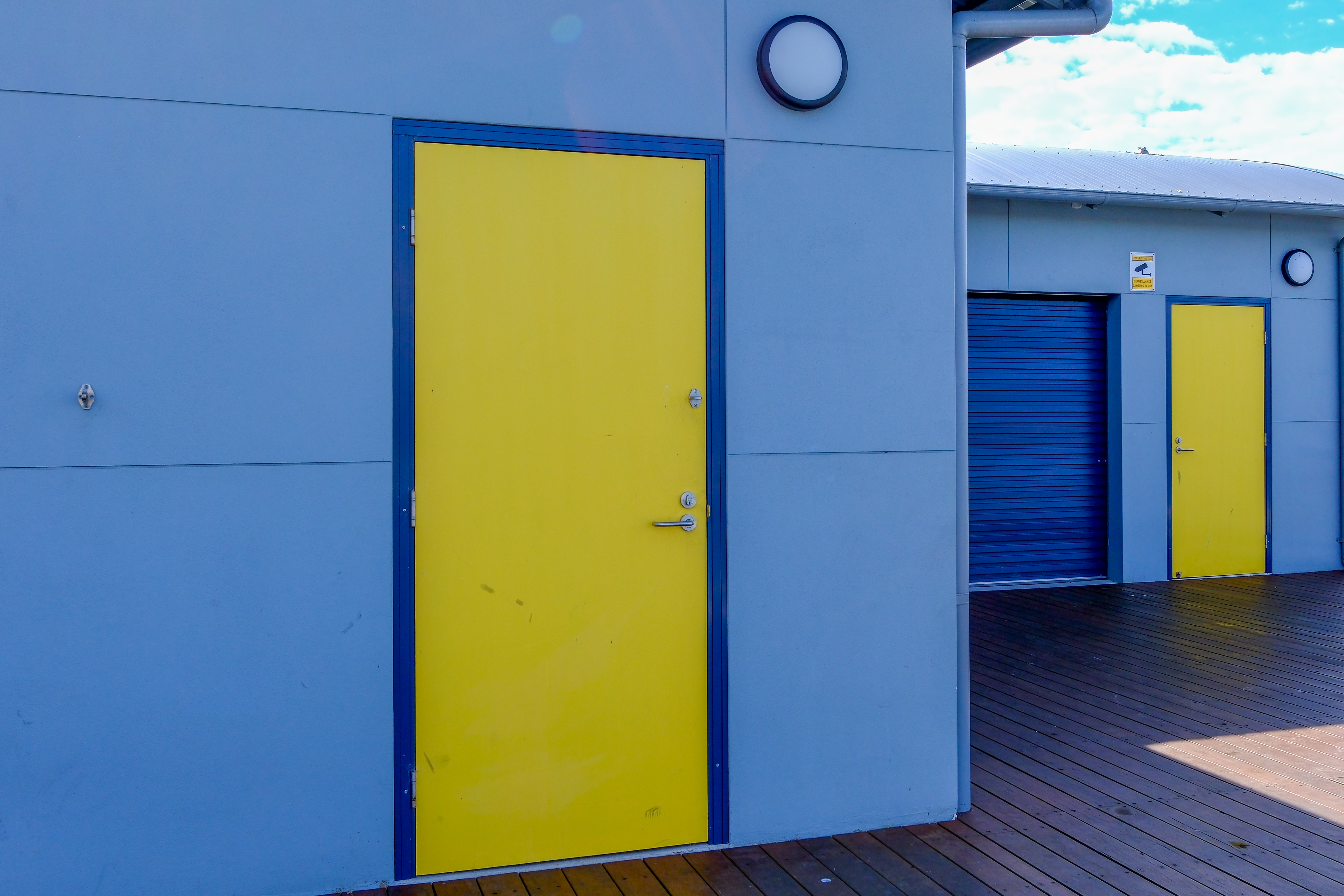


I think the X-T50 is a more photo-centric camera, but it can handle video well. You have the option to shoot at up 6.2K at 30fps but that will incur a 1.23x crop, as will the oversampled 4K mode. This is similar to what the X-T5 also offers and the performance is just as good. And Fujifilm's subject-detection autofocus works well in video too.
Handily, there’s a time duration listed for each video shooting mode, but I found the camera starts to heat up long before it can hit its limit. During my testing I was hesitant to push the video clip limits, so I stopped every time the camera got a touch over ‘comfortably warm’. You will also, of course, be restricted by the SD card you use.
Despite the IBIS, I found it difficult to capture relatively stable footage while walking slowly, as can be seen in the sample above of the galahs feeding on a grassy verge. That said, I'm no videographer and have always struggled with stability when capturing moving pictures. I found it a lot easier to pan with the IBIS engaged.
Sound pickup by the camera’s built-in mic is quite impressive, but if you are a vlogger shooting outdoors, it would be best to use an external mic for clearer sound. Also note that there's no headphone jack here.
Image and video quality score: 4.5 / 5


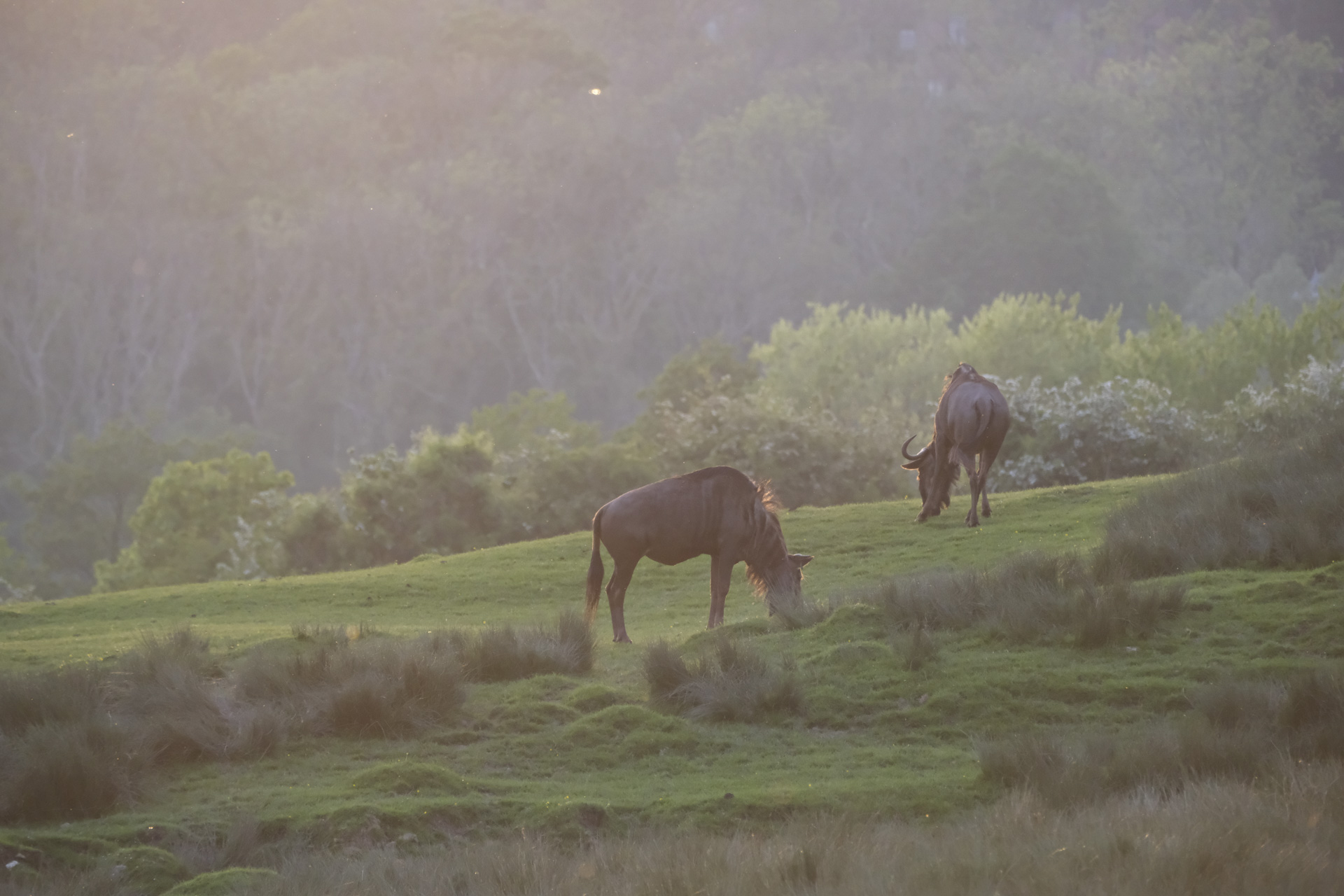
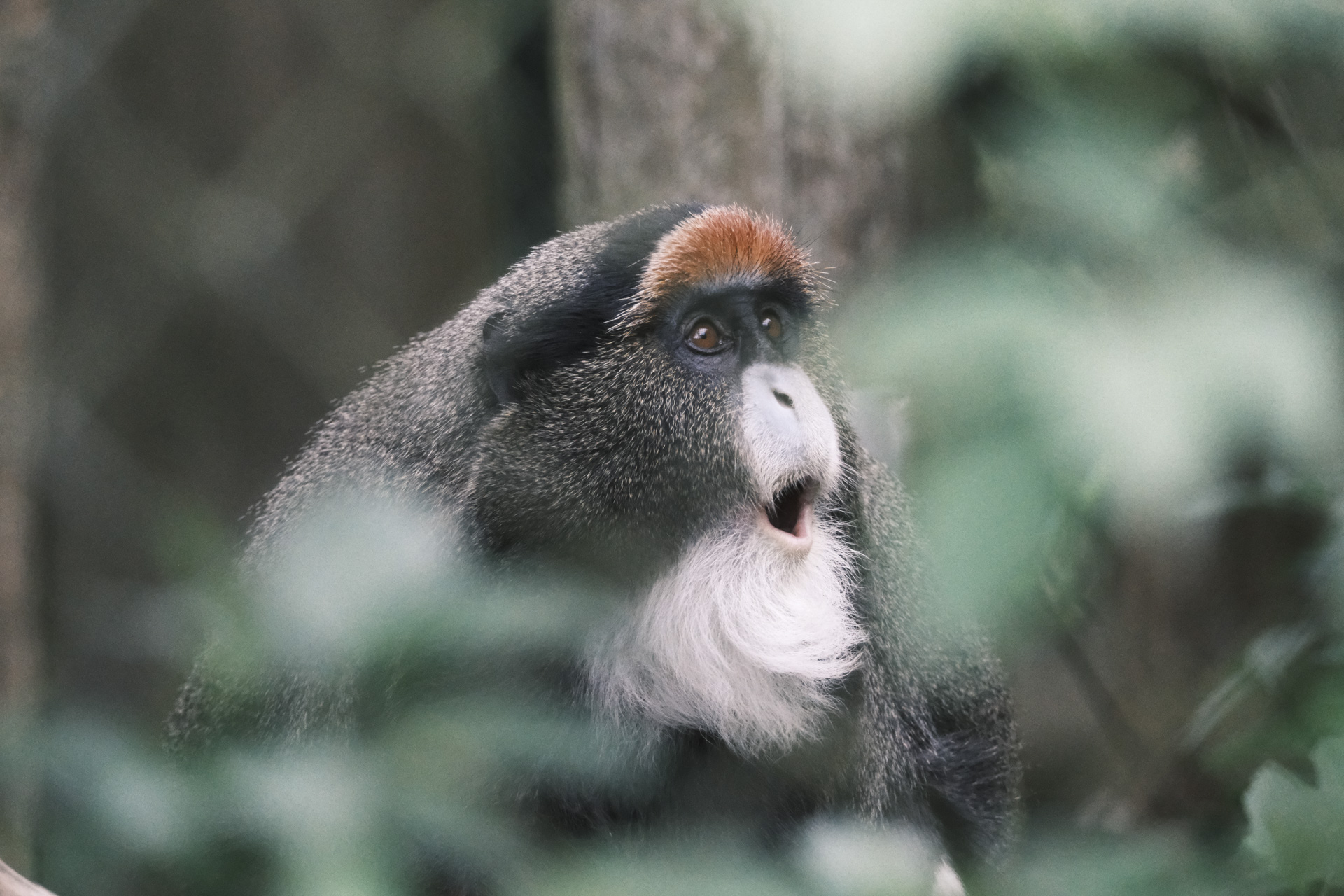

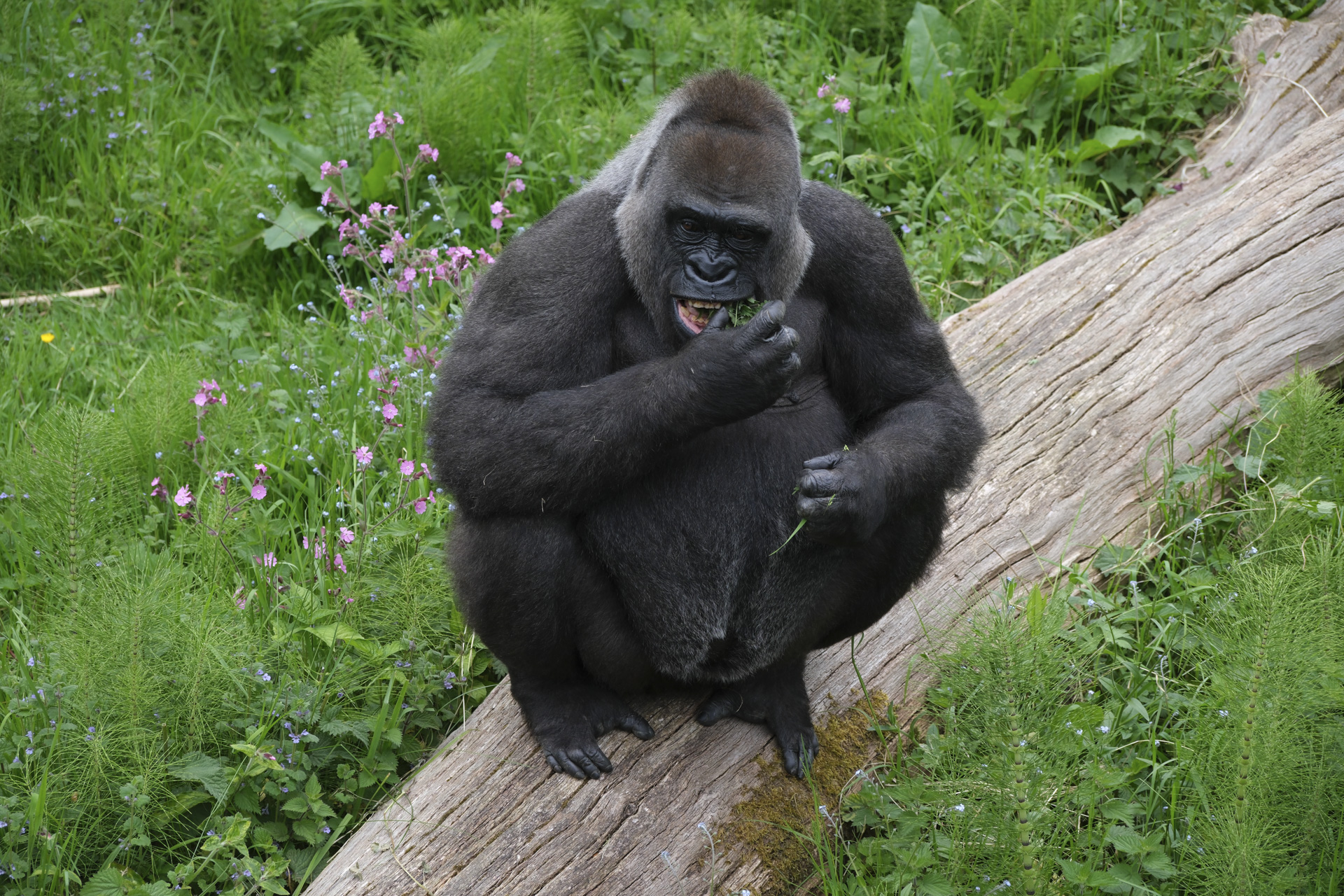

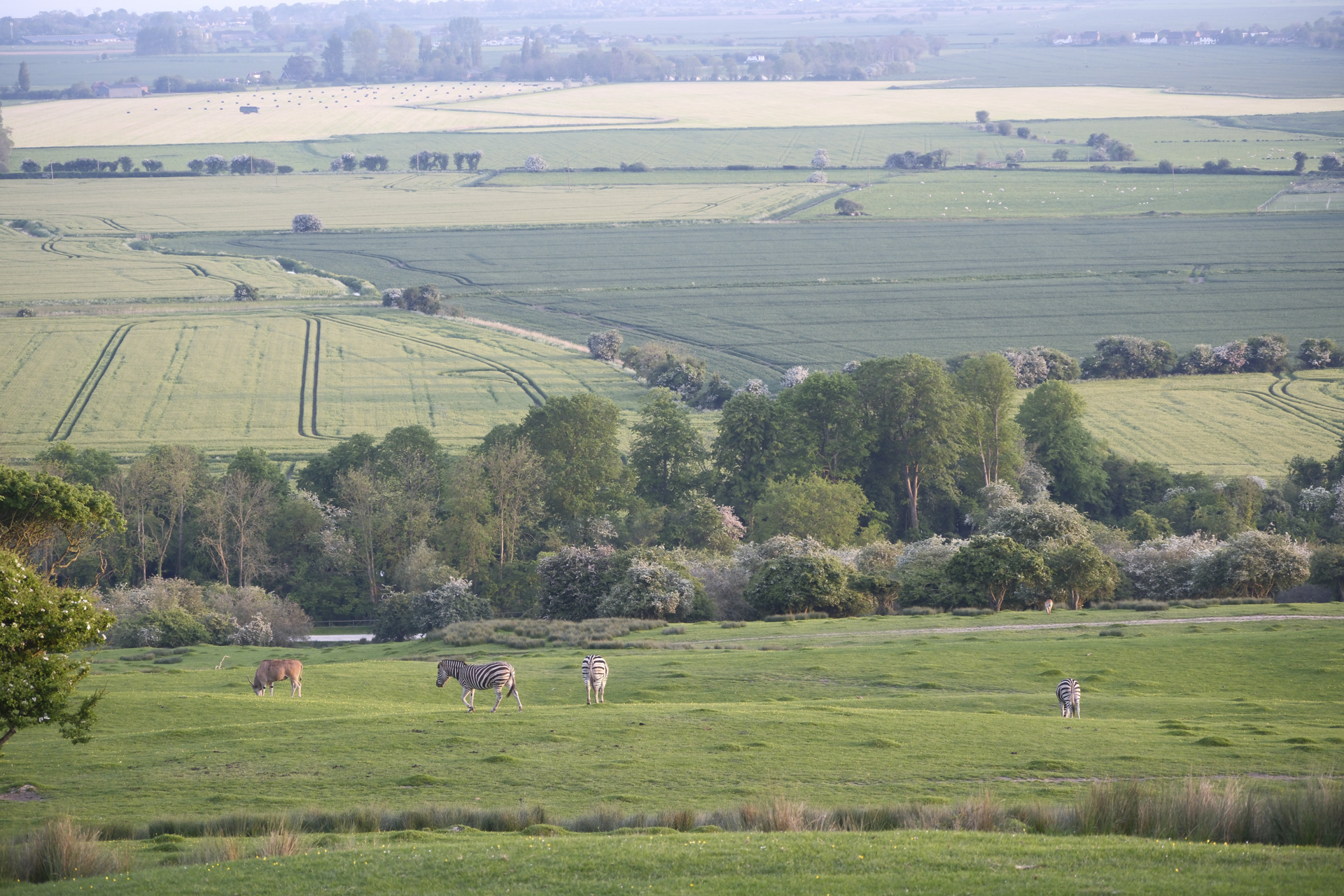
Fujifilm X-T50 review: score card
| Attributes | Notes | Rating |
|---|---|---|
| Price | Despite its upgrades, the X-T50 is an expensive camera – the X-T5 offers more value | 4 / 5 |
| Design | It still oozes retro charm despite the minor changes to its control layout, and the Film Simulation dial may not be right for everyone. | 4 / 5 |
| Feature and performance | It's hard to fault the X-50's feature set and it performs just as admirably. | 5 / 5 |
| Image quality | As good as it gets for an APS-C format camera, with good depth of field effects, gorgeous colors and sharp results. | 4.5 / 5 |
Should I buy the Fujifilm X-T50?
Buy it if...
You're after a great all-round travel camera
A compact, lightweight body and the advantage of an in-built digital teleconverter, this camera would make a great traveling companion. And the results won't disappoint.
You want Film Simulations within easy reach
If you're a beginner who has never used a Fujifilm camera before, the FS dial on the top plate will be handy, although to access all 20 of the Simulations, you'll still need to use the Quick Menu (Q) button and select via the touchscreen.
You don't want all the bells and whistles of a more advanced camera
If you really don't need dual card slots, more burst speed or weather sealing, the X-T50 will serve you well – especially since you already get a bunch of flagship features here already. You will, however, need to be willing to spend the extra cash.
Don't buy it if...
You expect more value from the money you spend on a camera
While the extra cash gets you a much more advanced entry-level camera, it doesn't represent good value for money. If you can spend a couple of hundred more, or shop during a major sale, I think the X-T5 will be the better alternative.
You already use the X-T5
The X-T50 is just a baby X-T5 and if you already own the older, more advanced model, the newer one is not going to be a good change.
You want a larger sensor
All of Fujifilm's cameras are APS-C format, and while the results from these cameras are great, a full-frame camera handles low light better.
Also consider
If this review of the Fujifilm X-T50 has you mulling over other options, below are three alternatives that could also save you money.
Fujifilm X-T5
I've been comparing the X-T50 to the X-T5 through the entire review above and for good reason. The latter is the more advanced option and it costs about the same. If your budget stretches, then it's definitely the better option if you want value for money.
Read our in-depth Fujifilm X-T5 review to learn more
Fujifilm X-S20
If you don't necessarily need a lot of sensor resolution, then the Fujifilm X-S20 is a remarkable camera that handles both stills and video better than the X-T series. There's a dedicated vlogging mode that makes it easy for beginners to get started with video. And you'll likely get it for cheaper than the X-T50 too.
Read our full Fujifilm X-S20 for more information
Nikon Z fc
If you really are a fan of the retro camera look, but are keen to venture beyond Fujifilm's offerings, consider the Nikon Z fc. It's another travel-friendly APS-C format alternative that comes in multiple colorways. It's performance is also great, plus it won't cost as much as the X-T50 either, but you are getting a 20.9MP sensor here.
Read our full Nikon Z fc review to learn more
How I tested the Fujifilm X-T50
- In-depth testing done over two weeks
- Used it to capture stills indoors and outdoors, plus video clips taken outdoors
- ISO tests done indoors
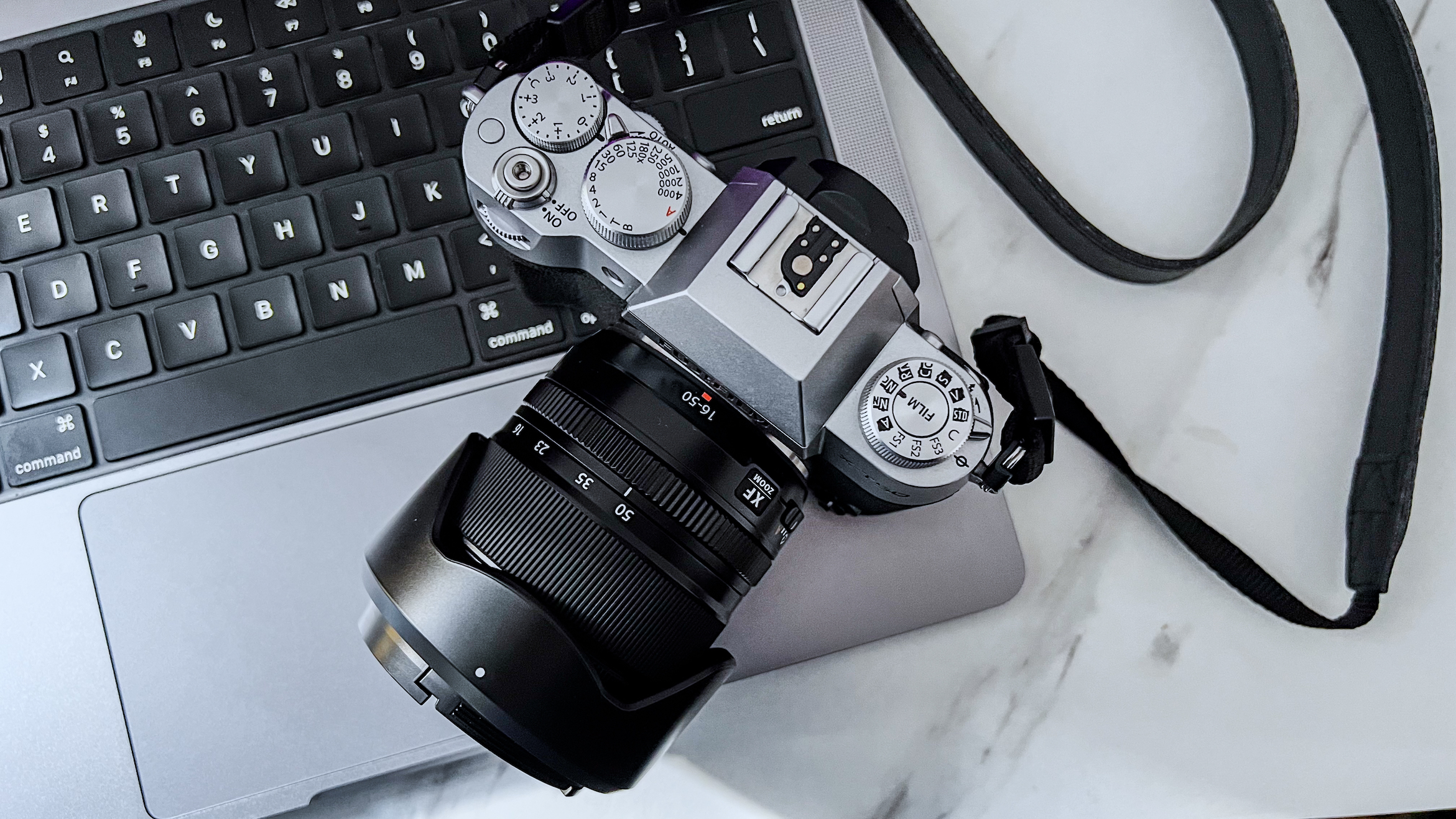
I was sent the Fujifilm X-T50 along with the Fujinon XF16-50mmF2.8-4.8 R LM WR lens that launched alongside it prior to the official announcement. I had the kit for about two weeks, during which I tested the camera in different scenarios, including outdoors in bright sunlight, indoors during the day and indoors at nighttime. I also tested the camera under fluorescent and LED lights.
For stills, I had the camera set to capture JPEG + RAW, but based my image quality opinions solely on the out-of-camera JPEGs. I also only used autofocus, and tested it on different subjects including boats, birds and people.
I also spent some time going through the menu system to see how different the setup is now compared to other Fujifilm cameras and also spent some time to determined how the physical controls on the camera would suit different users.
Read more about how we test
[First reviewed May 2024]

While she's happiest with a camera in her hand, Sharmishta's main priority is being TechRadar's APAC Managing Editor, looking after the day-to-day functioning of the Australian, New Zealand and Singapore editions of the site, steering everything from news and reviews to ecommerce content like deals and coupon codes. While she loves reviewing cameras and lenses when she can, she's also an avid reader and has become quite the expert on ereaders and E Ink writing tablets, having appeared on Singaporean radio to talk about these underrated devices. Other than her duties at TechRadar, she's also the Managing Editor of the Australian edition of Digital Camera World, and writes for Tom's Guide and T3.
- Timothy ColemanCameras editor
